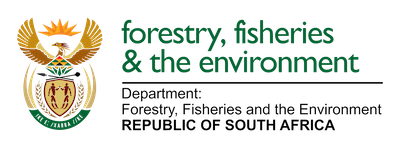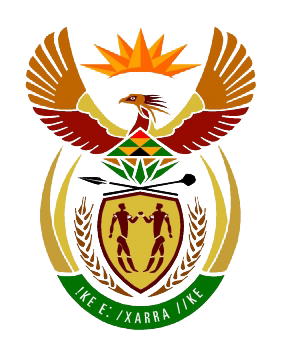
by Ria Olivier | Sep 2, 2021 | Legacy, Marion Island, Uncategorised
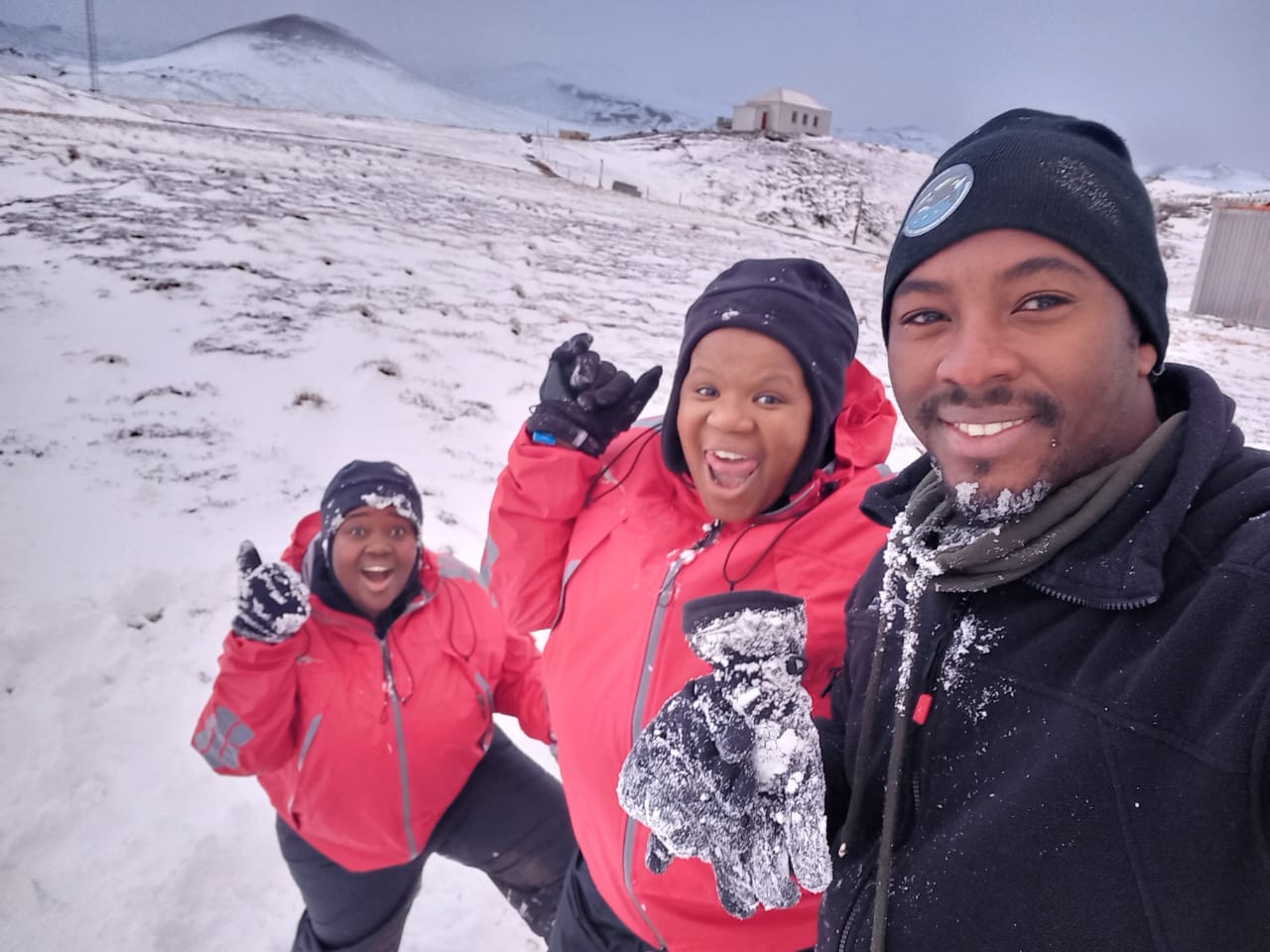 Marion 78, our Overwintering team members at Marion Island celebrate Spring 2021. (Above(l-r: Alicia Siyasanga, Tlhonolofatso)
Marion 78, our Overwintering team members at Marion Island celebrate Spring 2021. (Above(l-r: Alicia Siyasanga, Tlhonolofatso)
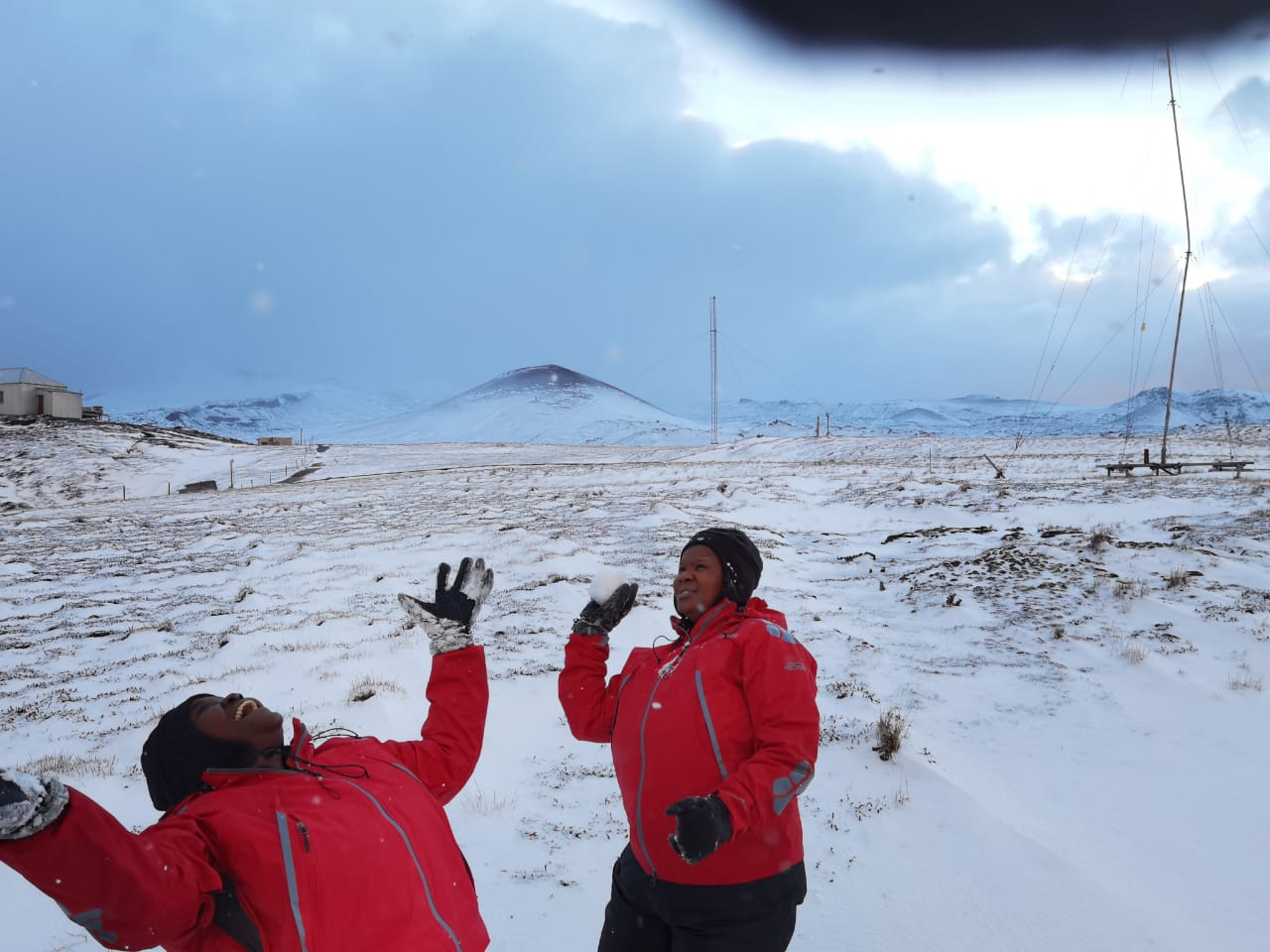
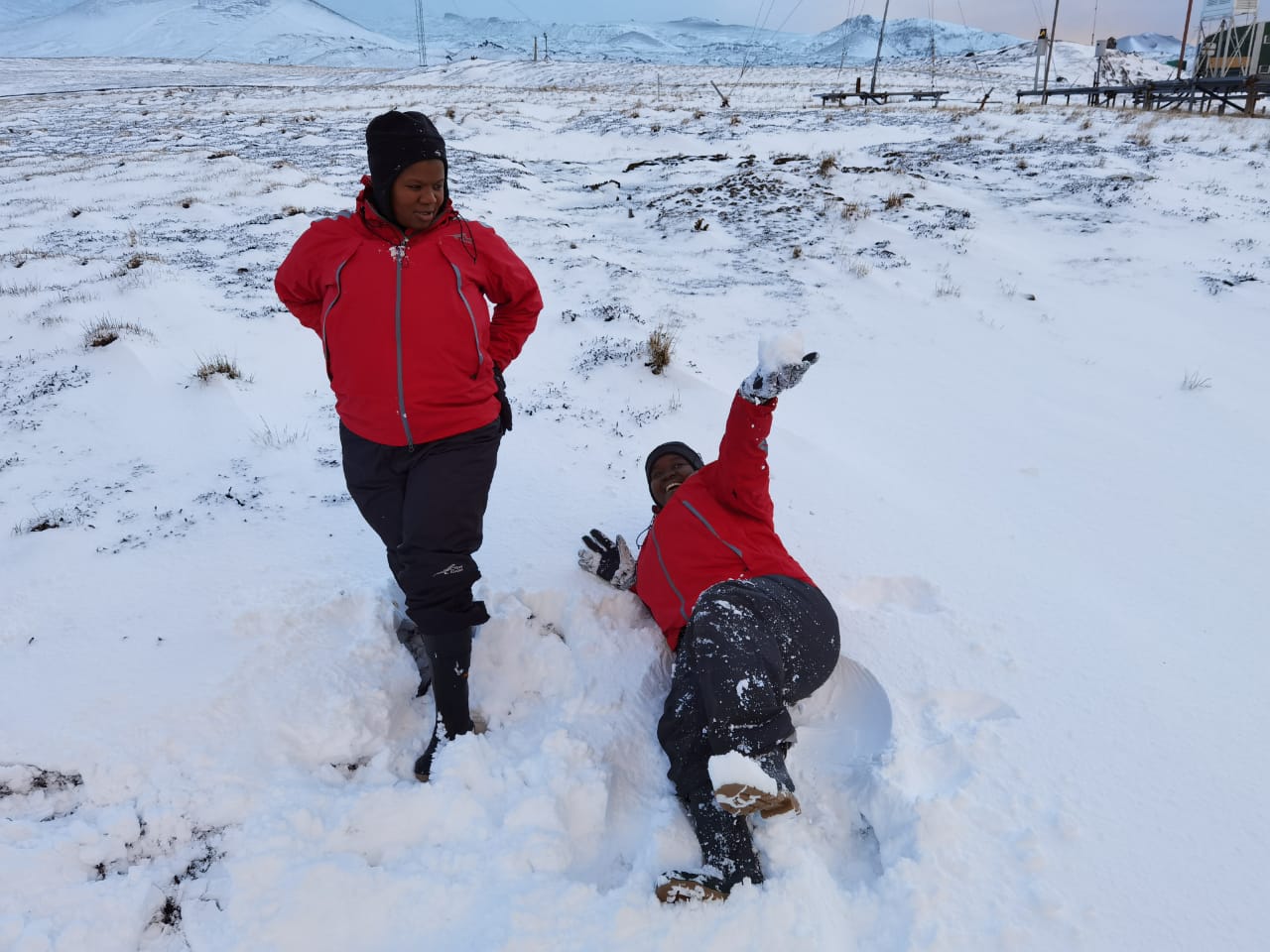
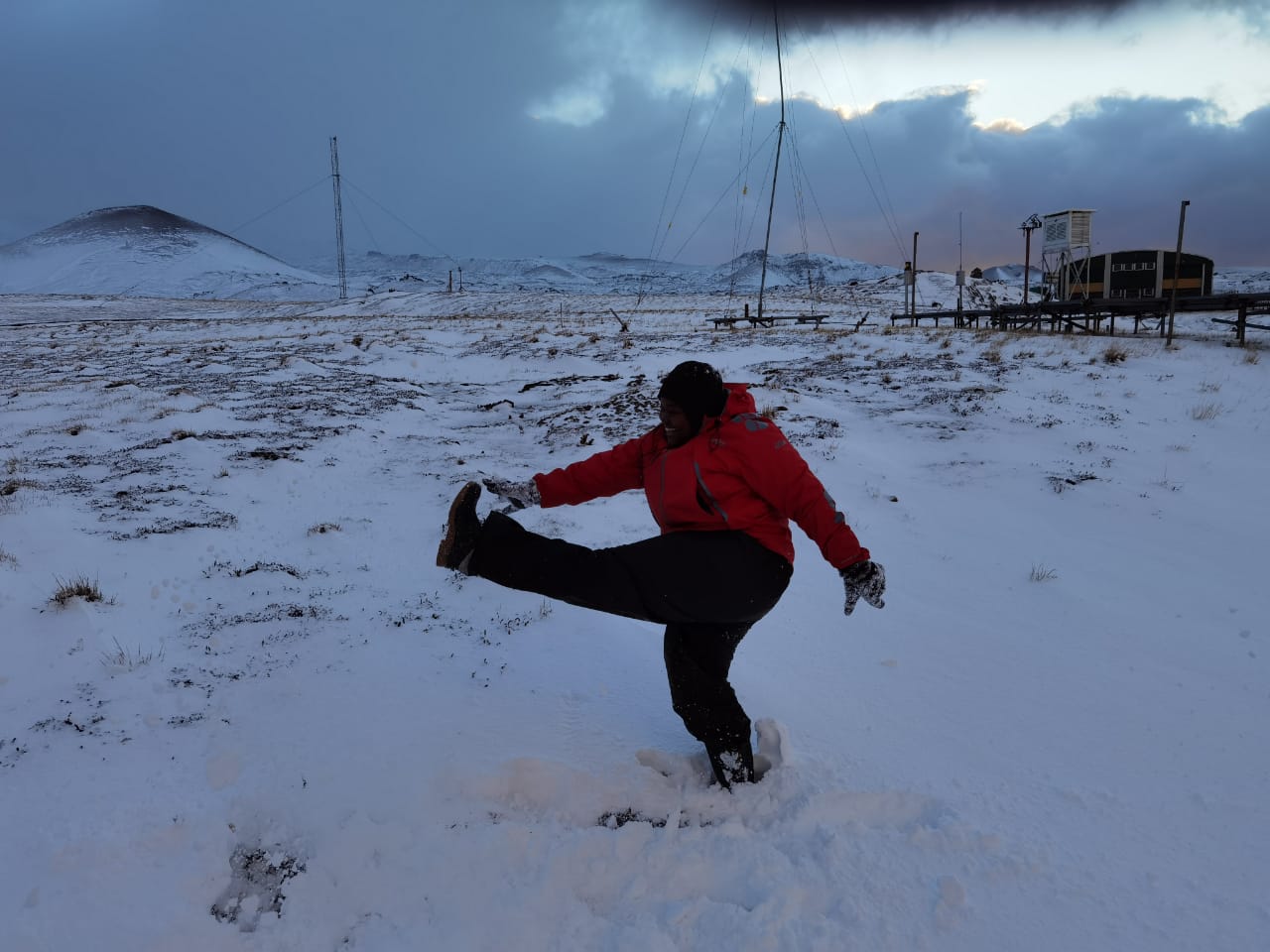
Our Meteorologist team of the South African Weather Services, Alicia Phakula (Meteorologist Technician), Siyasanga Mpehle (senior Meteorologist) and Tlhonolofatso Tebele (Meteorologist Technician) made some time to take these pictures on Spring day in the snow and share their experience with us.
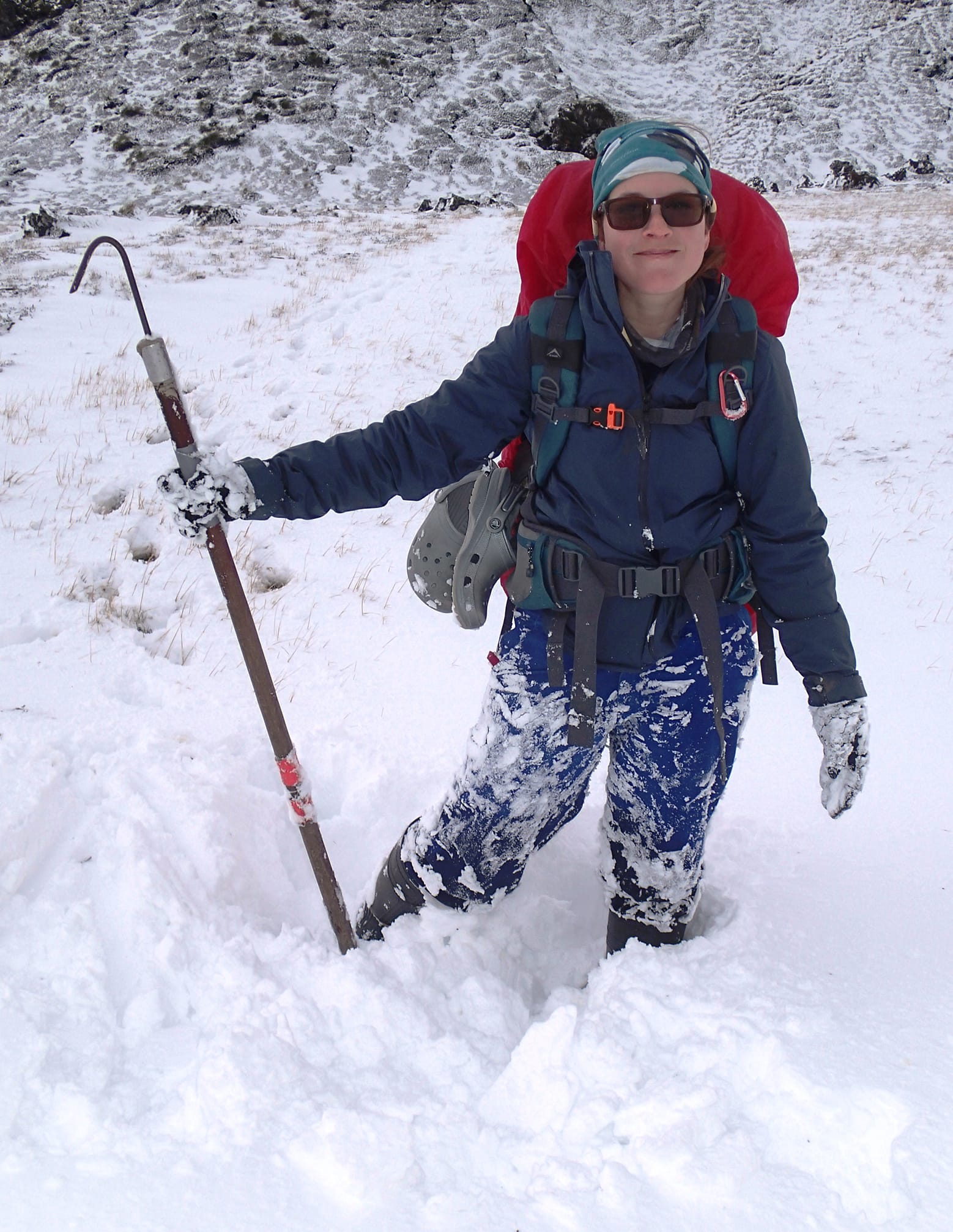 Danielle Conri, field assistant on killer whales of the Marion Island Marine Mammal Program of Pretoria University celebrates spring day while crossing though Marion Island to sensus seals (photo credit Wild Ocean Wanderers)
Danielle Conri, field assistant on killer whales of the Marion Island Marine Mammal Program of Pretoria University celebrates spring day while crossing though Marion Island to sensus seals (photo credit Wild Ocean Wanderers)
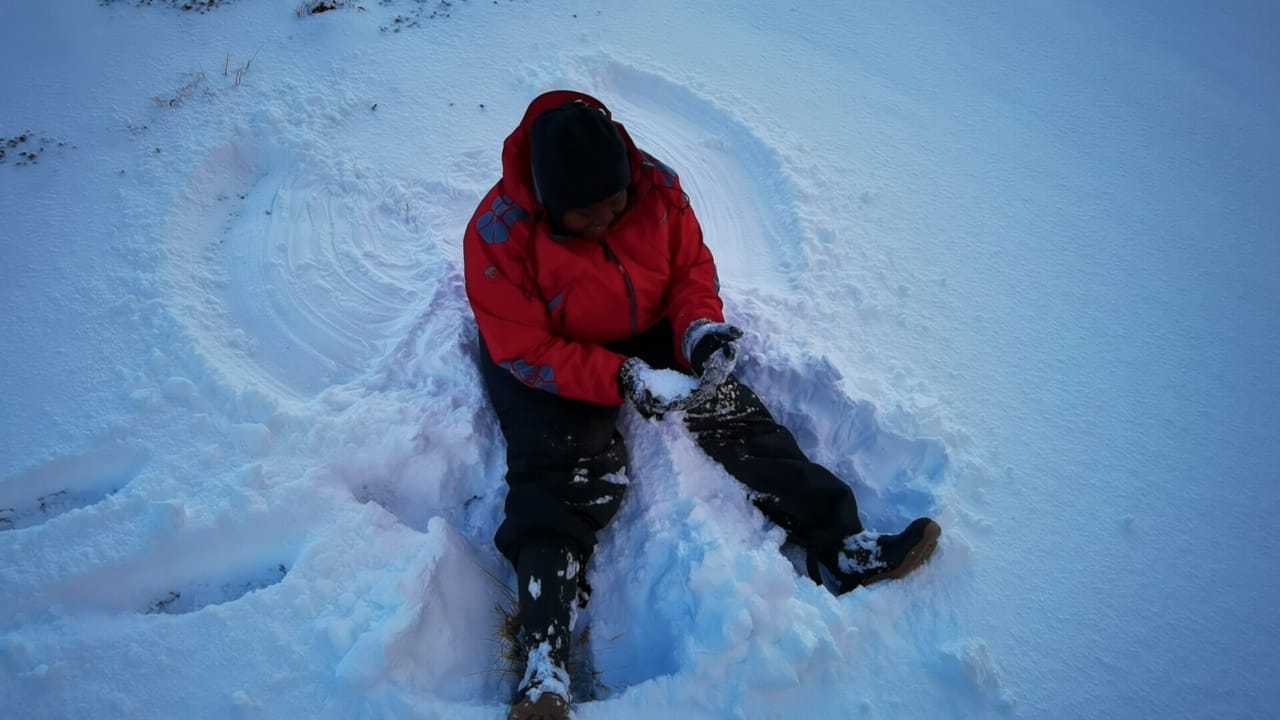
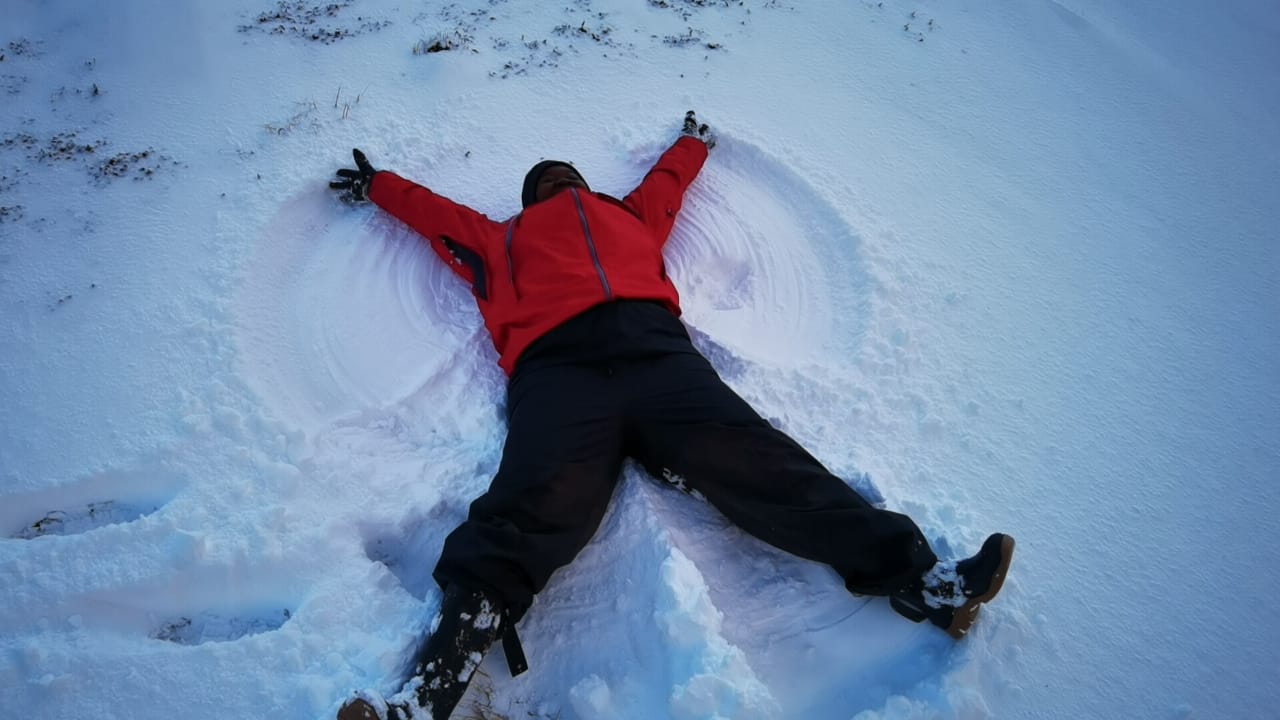 Always good to make a snow angel.
Always good to make a snow angel.
Follow Wild Ocean Wanderers on Facebook to keep up to date with the Marion 78 team
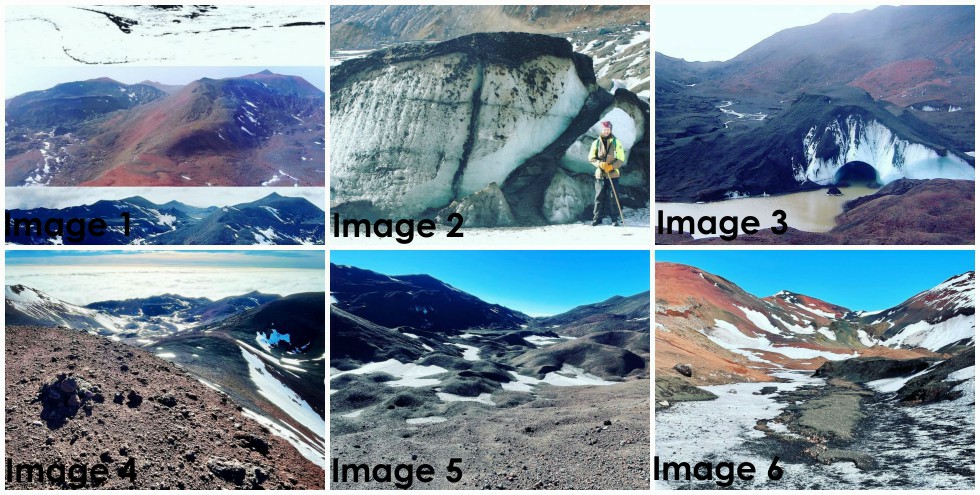
by Ria Olivier | May 22, 2021 | Environment, International Days, Legacy, Uncategorised
 In 2014 on International Biodiversity Day the theme was “Island Biodiversity”. The Department of Forestry , Fisheries and the Environment(DFFE) state the following in 2014:“The legacy of a unique evolutionary history, many island species are endemic – found nowhere else on Earth. Islands harbour higher concentrations of endemic species than do continents, and the number and proportion of endemics rises with increasing isolation, island size and topographic variety.”
In 2014 on International Biodiversity Day the theme was “Island Biodiversity”. The Department of Forestry , Fisheries and the Environment(DFFE) state the following in 2014:“The legacy of a unique evolutionary history, many island species are endemic – found nowhere else on Earth. Islands harbour higher concentrations of endemic species than do continents, and the number and proportion of endemics rises with increasing isolation, island size and topographic variety.”
 Today on International biodiversity day we celebrate Marion Island in all its diversity. “With increasing development pressures and climate change islands are now more threatened than ever before. Unless there is immediate action to save the remaining unprotected hotspot areas, the species losses will increase severely especially among those species that are endemic to these islands. Protecting them is vital and necessary, to ensure their conservation for future generations.” – Media release DFFE
Today on International biodiversity day we celebrate Marion Island in all its diversity. “With increasing development pressures and climate change islands are now more threatened than ever before. Unless there is immediate action to save the remaining unprotected hotspot areas, the species losses will increase severely especially among those species that are endemic to these islands. Protecting them is vital and necessary, to ensure their conservation for future generations.” – Media release DFFE

 The theme for this year is “We are part of the solution for nature”- in an Instagram post David Hedding(left) highlight the landscape response to climate – Did you know South Africa had a glacier until very recently?
The theme for this year is “We are part of the solution for nature”- in an Instagram post David Hedding(left) highlight the landscape response to climate – Did you know South Africa had a glacier until very recently?
“In 1966, Dr Brian Huntley(right) photographed the summit region of Marion Island known as the ‘Ice Plateau’.

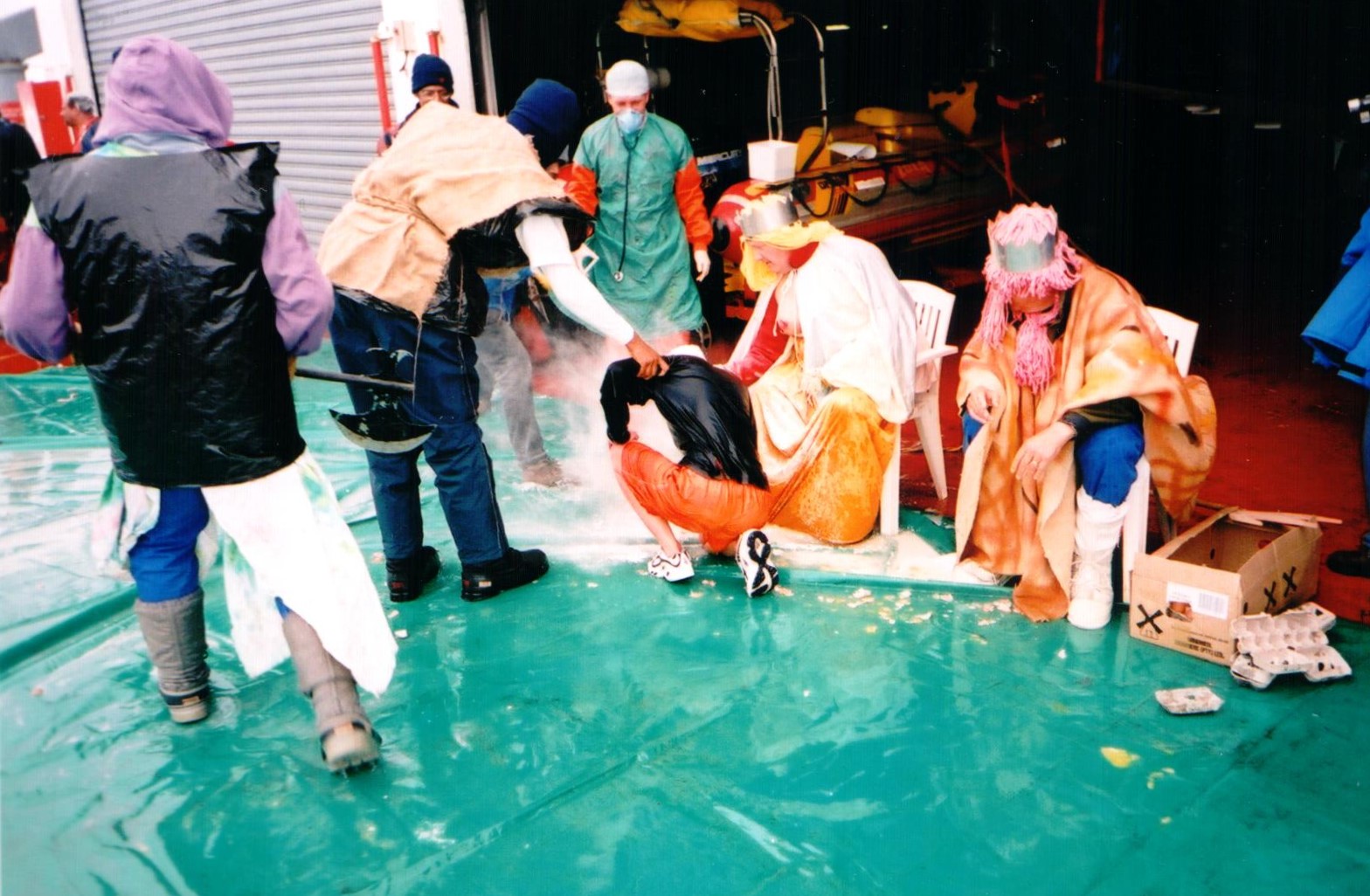 Flow lines visible in the photograph showed that ice was moving (top – image 1- left). In 2004, while doing my Masters, I decided to return to same spot and rephotograph the Ice Plateau to compare (middle – image 1- left). Sadly, much of the ice was melting away and when assessed in the context of climate amelioration recorded at the island provided evidence for the most drastic landscape response to climate change on the island. In 2021, I decided to try get back up to the Ice Plateau. Fortunately, I got a lucky break and managed to get back up on a relatively decent day to summit Mascarin Peak (image 4 -right) and rephotograph the area again (bottom – image 1- left).
Flow lines visible in the photograph showed that ice was moving (top – image 1- left). In 2004, while doing my Masters, I decided to return to same spot and rephotograph the Ice Plateau to compare (middle – image 1- left). Sadly, much of the ice was melting away and when assessed in the context of climate amelioration recorded at the island provided evidence for the most drastic landscape response to climate change on the island. In 2021, I decided to try get back up to the Ice Plateau. Fortunately, I got a lucky break and managed to get back up on a relatively decent day to summit Mascarin Peak (image 4 -right) and rephotograph the area again (bottom – image 1- left).

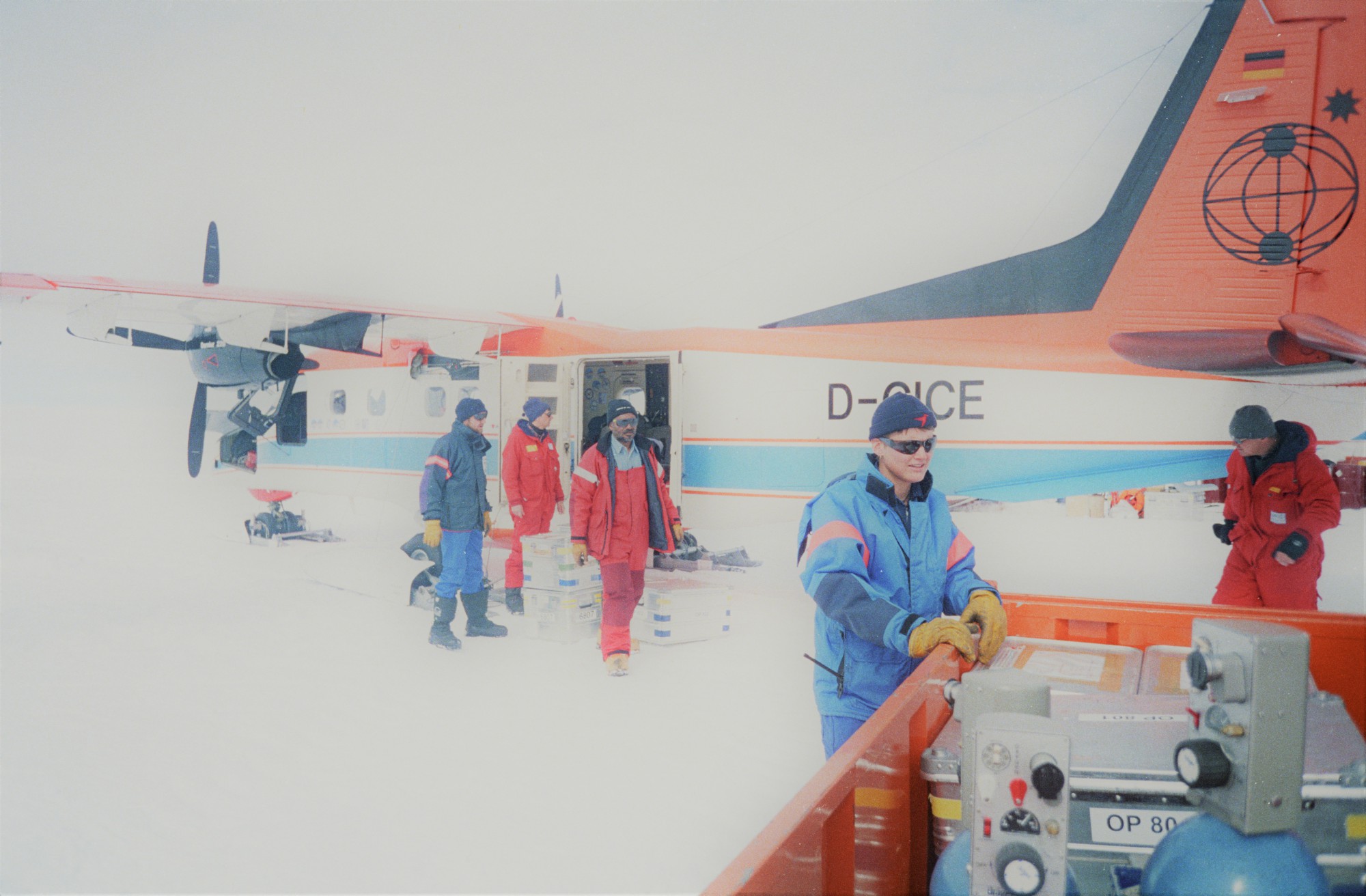 Sadly, I noticed even further melt-out with all the ice caves now gone and much of the remaining buried ice also having disappeared (image 2 -left & image 3-right).
Sadly, I noticed even further melt-out with all the ice caves now gone and much of the remaining buried ice also having disappeared (image 2 -left & image 3-right).

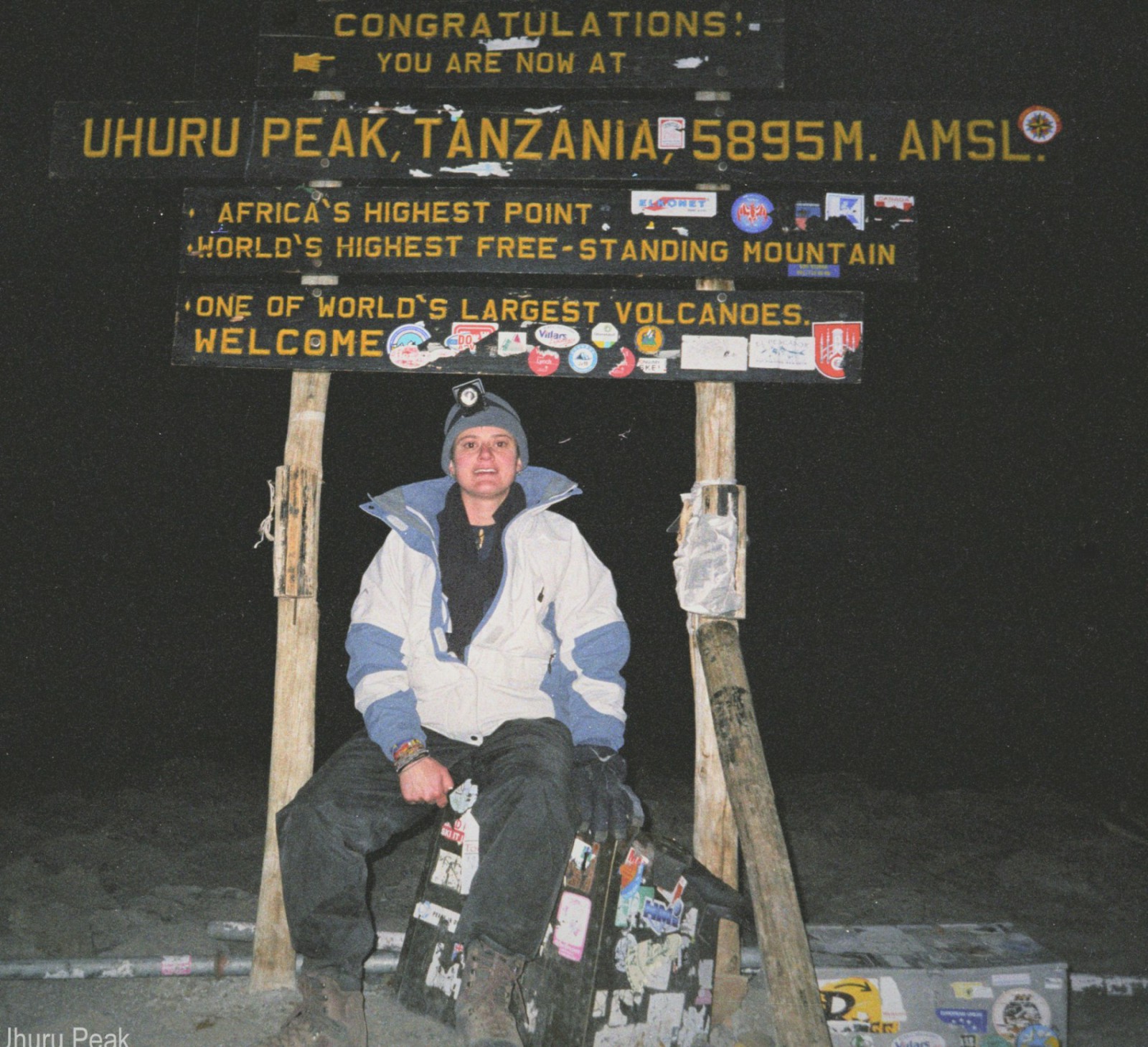 The remaining ice was protected from increasing air temperatures and insolation (solar radiation) under a layer of scoria so the ice probably lasted a lot longer than it should have and although a few pockets of buried ice were still visible the ‘Ice Plateau’ as it was once called is no more (images 5-left & 6-right).”
The remaining ice was protected from increasing air temperatures and insolation (solar radiation) under a layer of scoria so the ice probably lasted a lot longer than it should have and although a few pockets of buried ice were still visible the ‘Ice Plateau’ as it was once called is no more (images 5-left & 6-right).”
Be part of the solution give your comments on The Minister of Forestry, Fisheries and the Environment, Ms Barbara Creecy, on the revised National Biodiversity Framework (NBF) 2019 to 2024. Minister Creecy granted an extension until 07 June 2021 for public consultation. An electronic copy of the Government Notice and the draft revised framework can be downloaded from the Department of Forestry, Fisheries and the Environment website from the following link: Biodiversity Act, 2004 (Act No. 10 Of 2004): draft revised National Biodiversity Framework published for public comment in terms of the National Environmental Management [G 44229 – GoN 171]
Images, captions: David Hedding
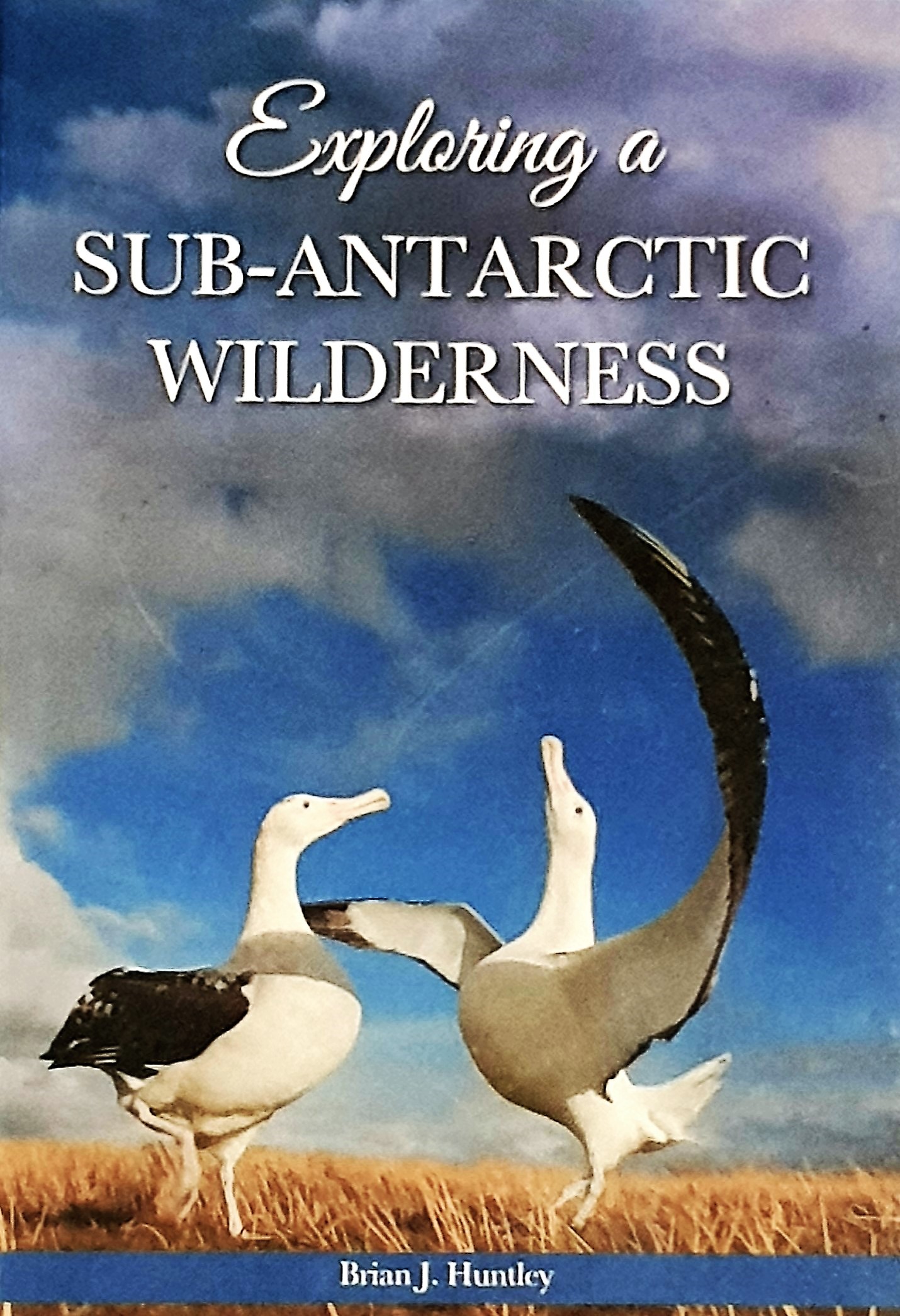 Dr Brian Huntley publication available form the Antarctic Legacy fo South Africa antarcticlegacy@sun.ac.za
Dr Brian Huntley publication available form the Antarctic Legacy fo South Africa antarcticlegacy@sun.ac.za
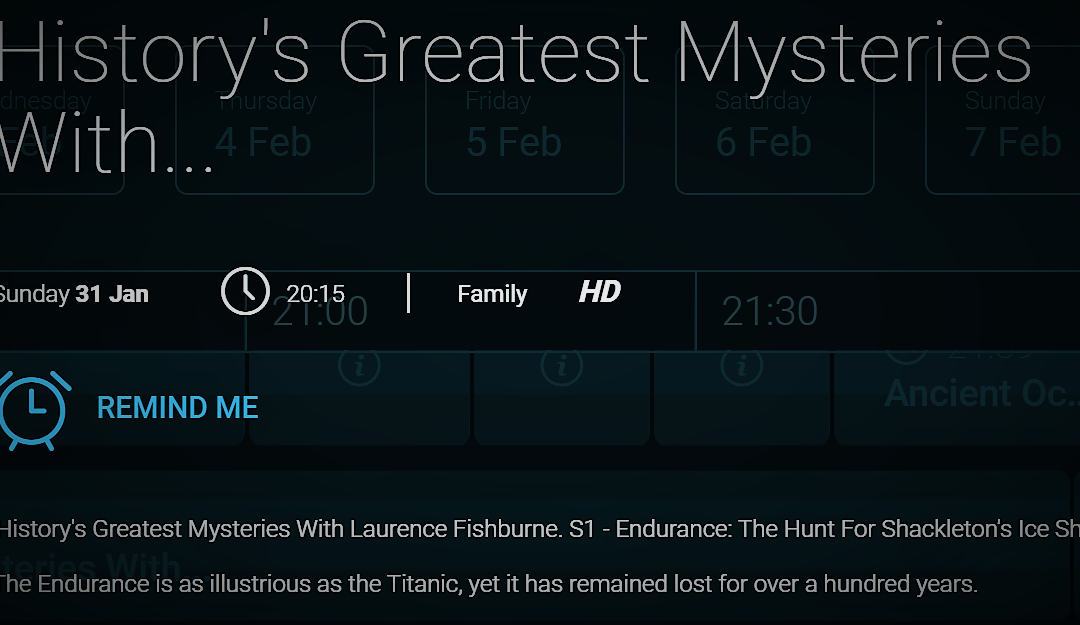
by Ria Olivier | Jan 29, 2021 | Antarctica, Discover, Legacy, Oceanography, Research, SA Agulhas II

In an article in January 2019 you were introduced to the South Africans on the Weddell Sea Expedition with the S. A. Agulhas II. Many scientific articles have since been published and a lot of research has been done with samples taken during this expedition.
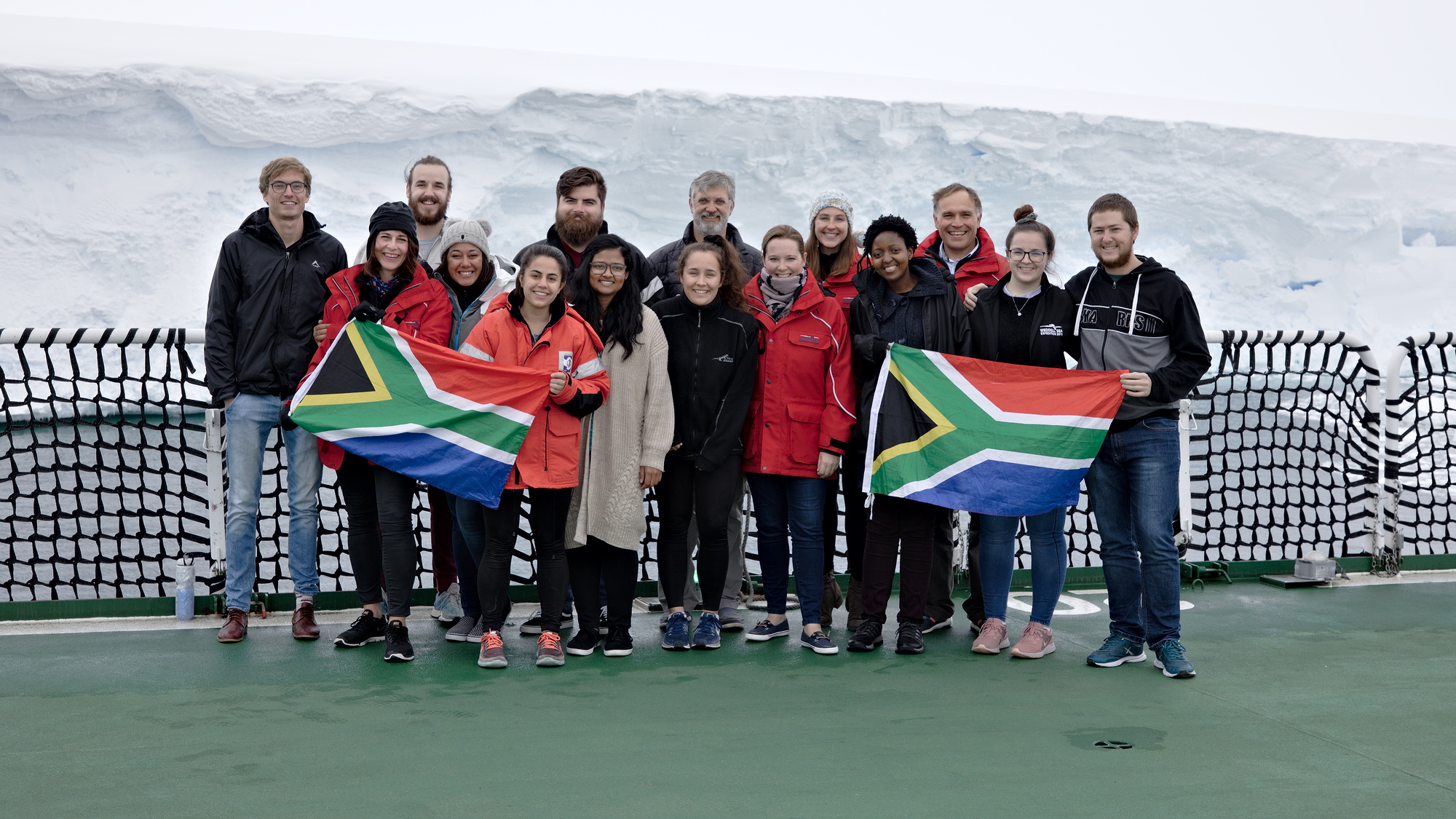 Since then a documentary has been made for the History channel by Atlantic Productions. The documentary will be viewed on DST Channel 186 on Sunday 31 January 20:00. See trailer on YouTube.
Since then a documentary has been made for the History channel by Atlantic Productions. The documentary will be viewed on DST Channel 186 on Sunday 31 January 20:00. See trailer on YouTube.
Research included different institutions from South Africa, and you will be able to recognise a few faces such as Dr Sarah Fawcett Tahlia Henry and others. Captain Knowledge Bengu (interview)with the crew of the S.A. Agulhas II can be seen in the video as well as Freddie Lighthelm as Ice Pilot.
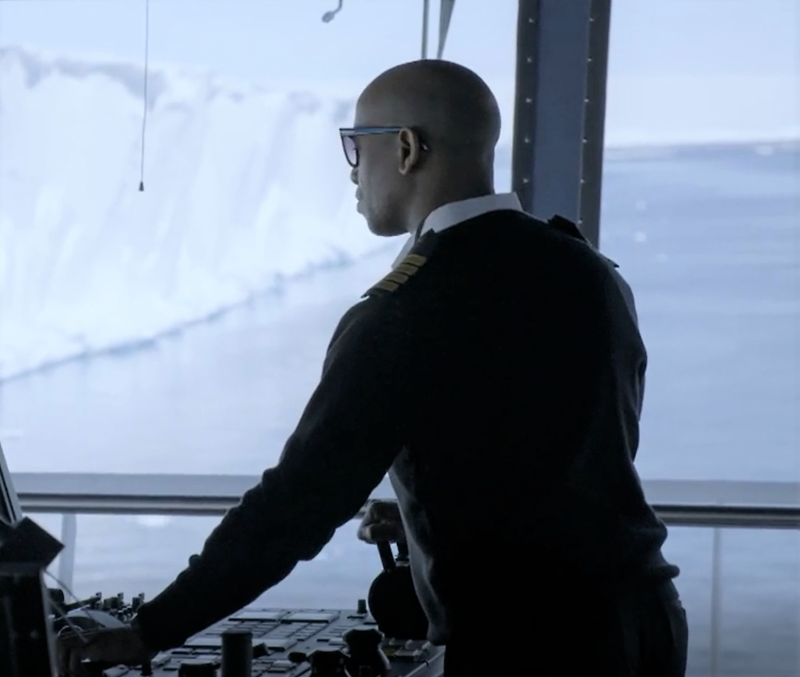
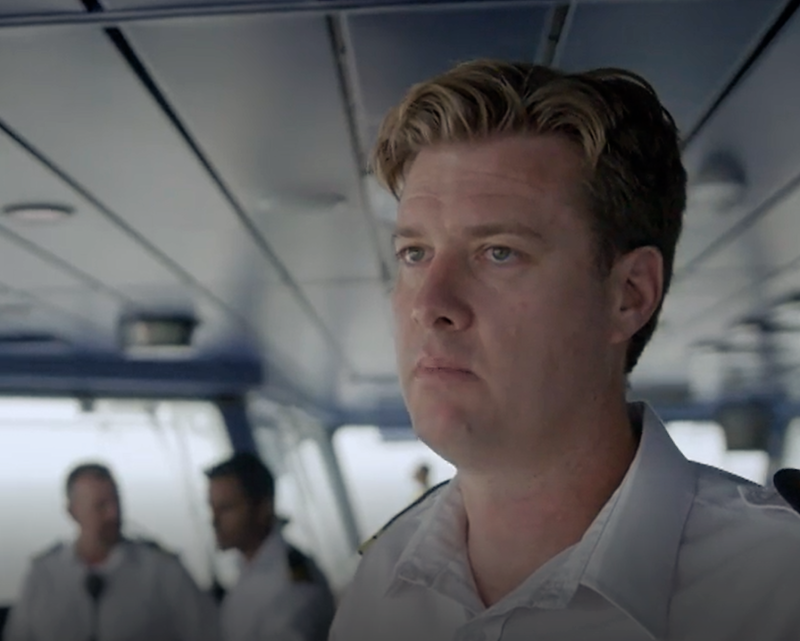
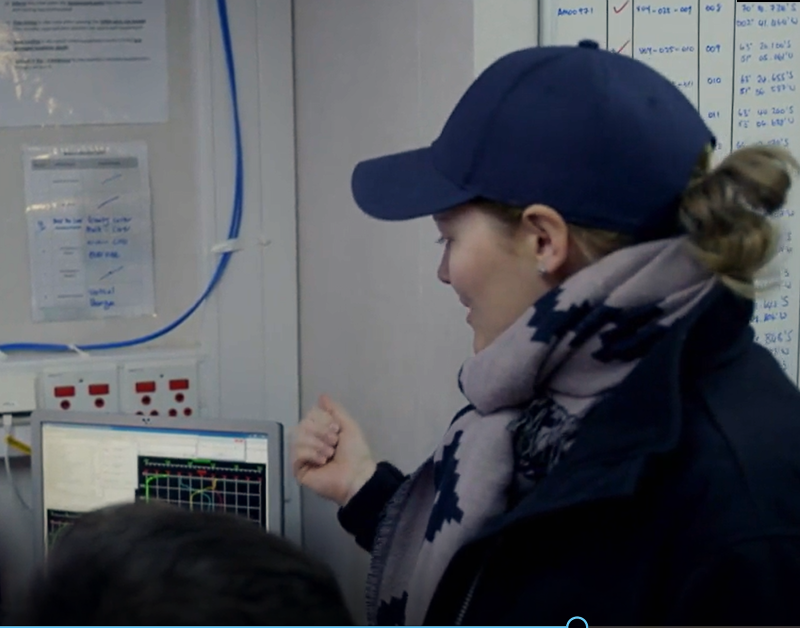
There is lot of great footage of our vessel in this Antarctic Weddel Sea and history has been made.
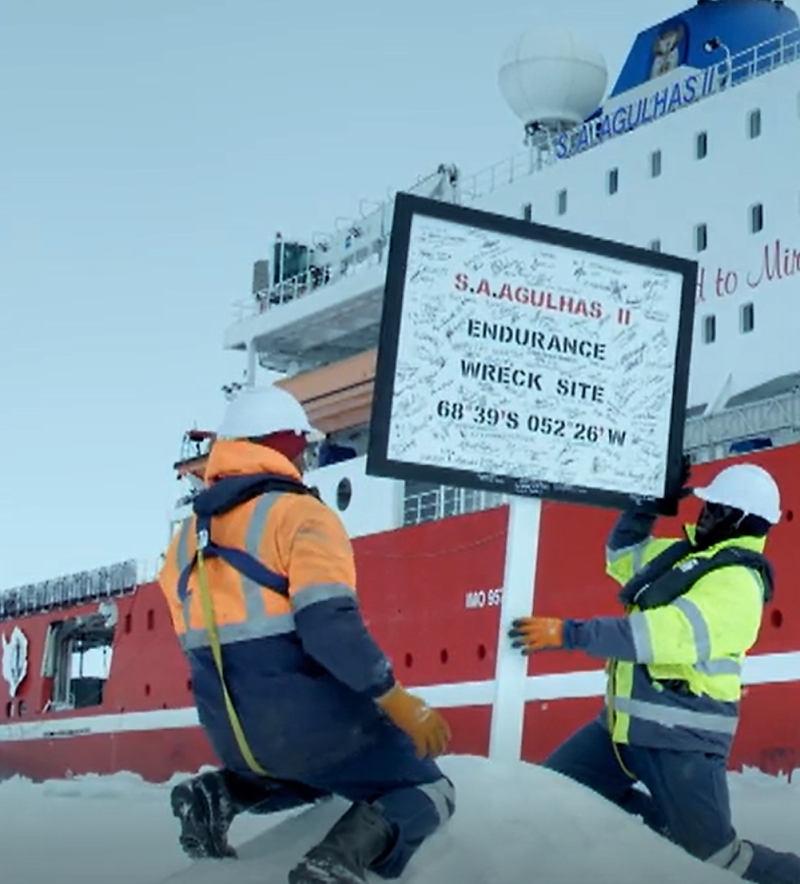
 Watch the documentary on History Channel.
Watch the documentary on History Channel.

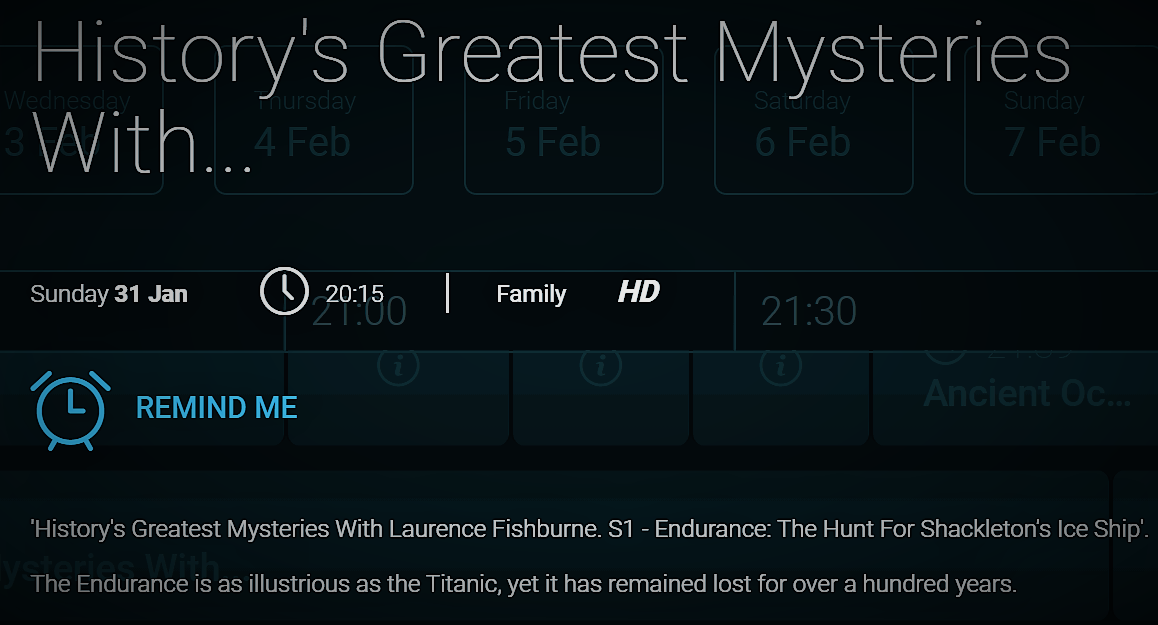
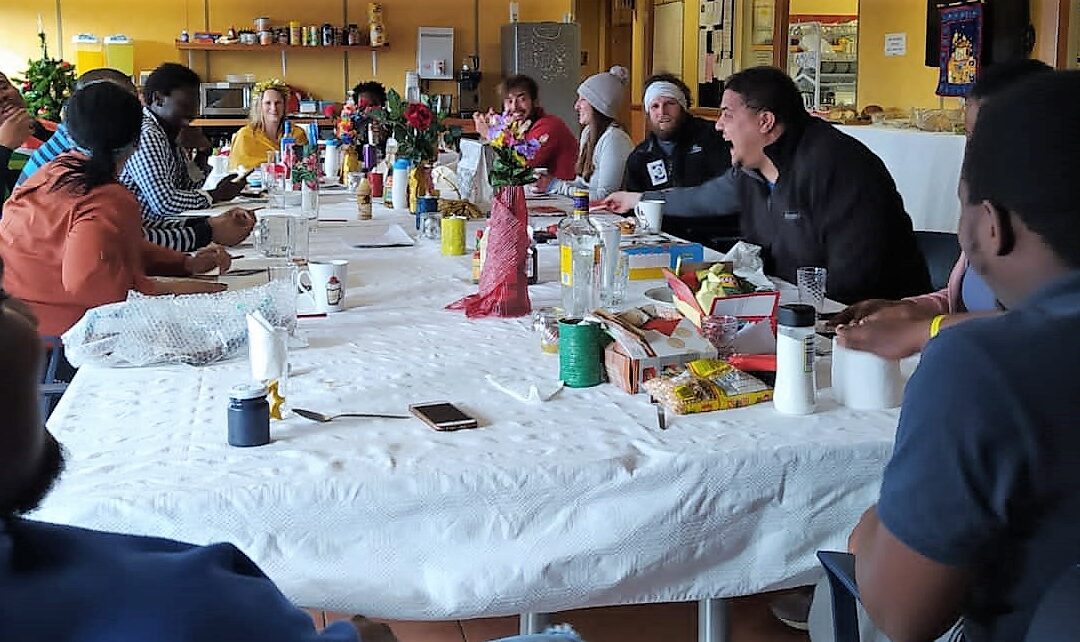
by Ria Olivier | Jan 4, 2021 | Legacy, Marion Island, Overwintering Team, Uncategorised
The Marion 77 Overwintering team celebrated Christmas and New Years eve with a few activities.
The one action that will stay with our SANAP community is their lighting of their candles on New Years eve as requested by South Africa’s President Cyril Ramaphosa in memory of those who lost their lives through COVID-19. They had a moment of Silence and sang our national Anthem “Nkosi Sikelel’ iAfrika”
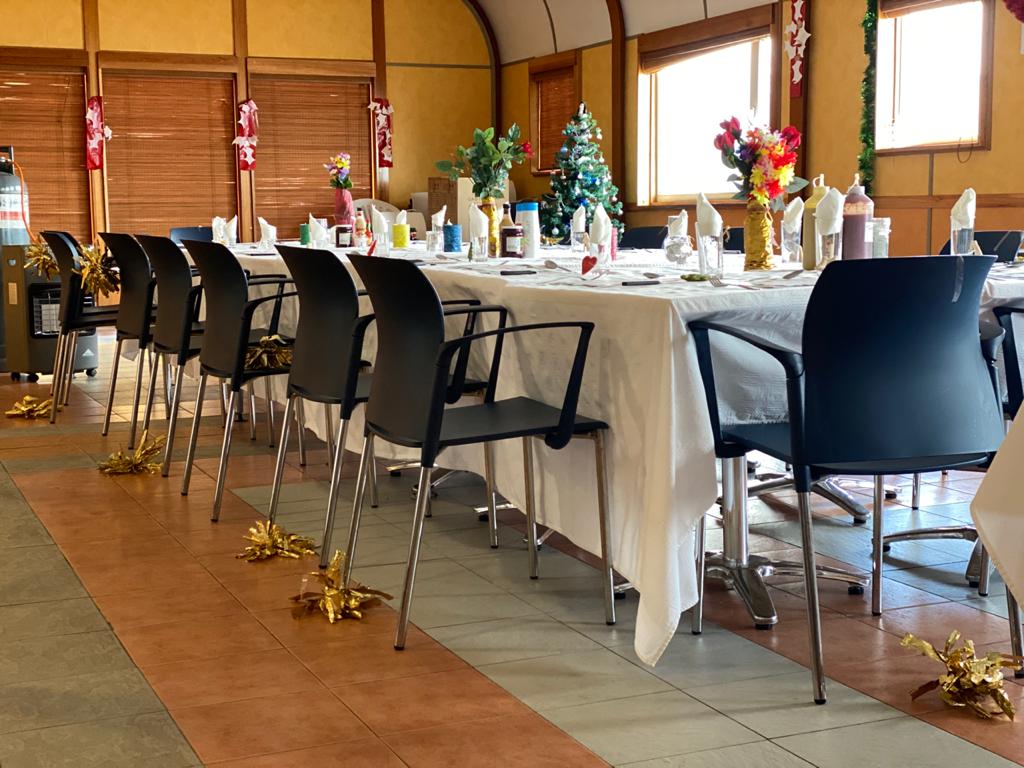
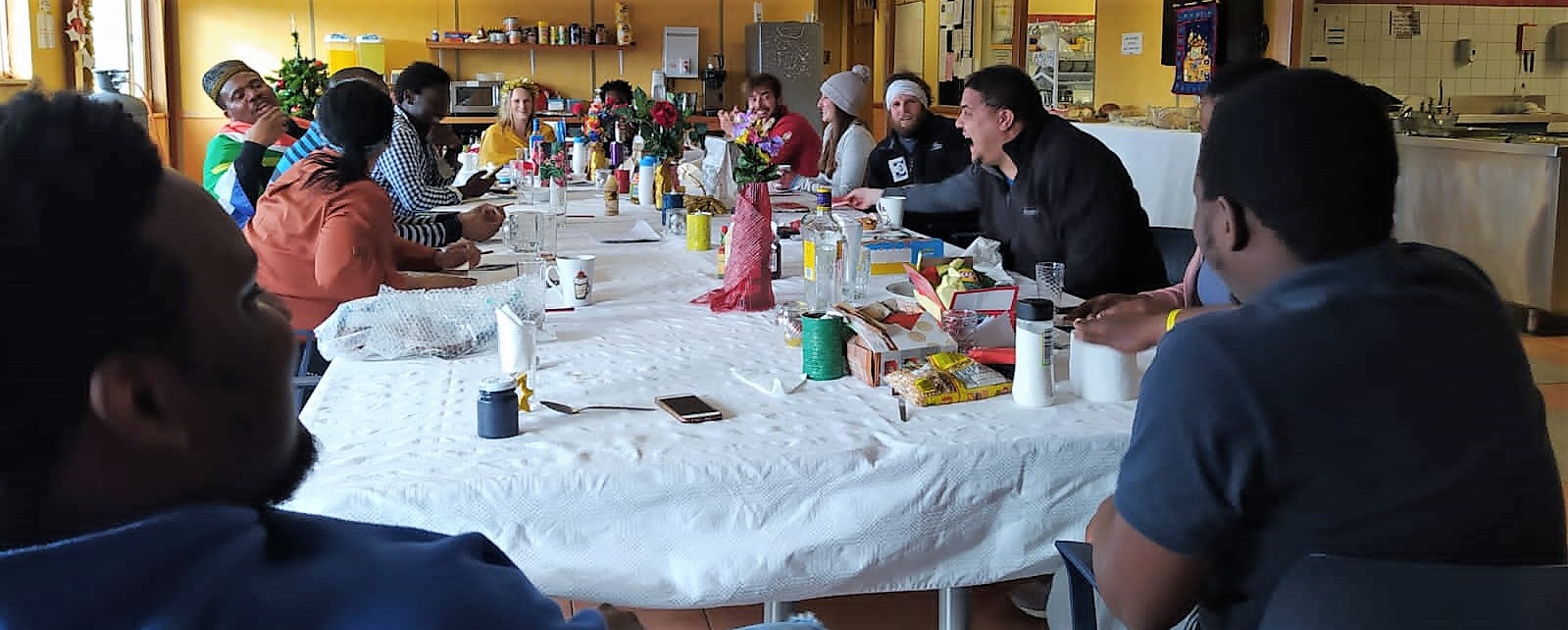 They had a great Christmas Lunch where Mpho Mashau made special biscuits for everyone.
They had a great Christmas Lunch where Mpho Mashau made special biscuits for everyone.
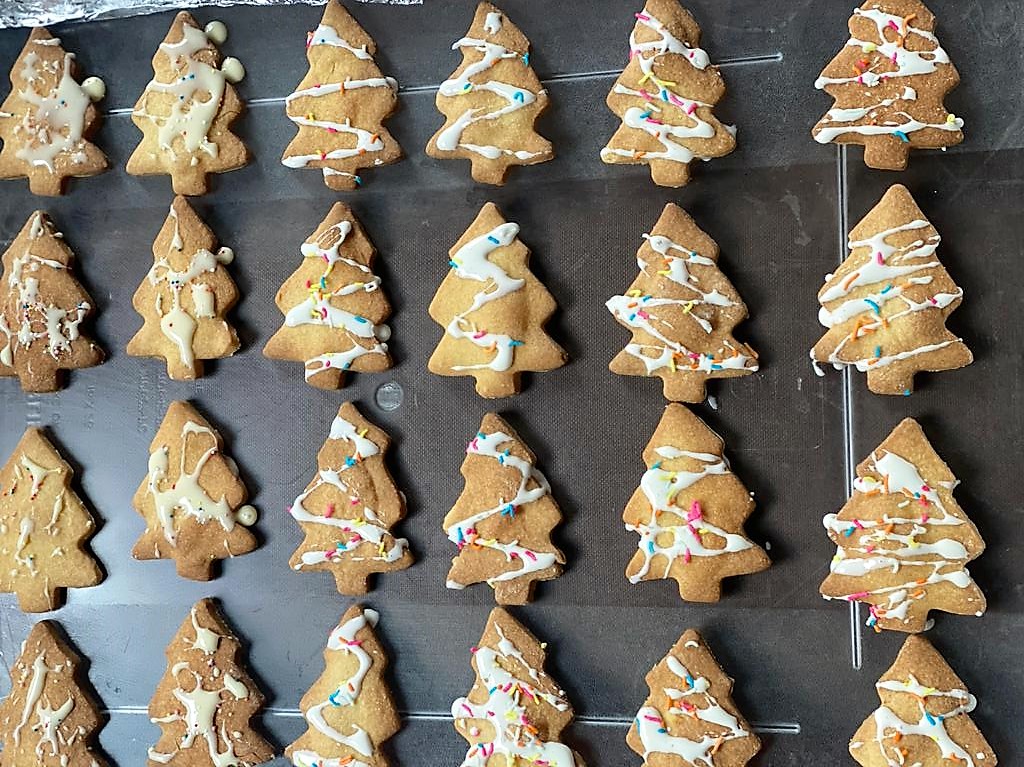
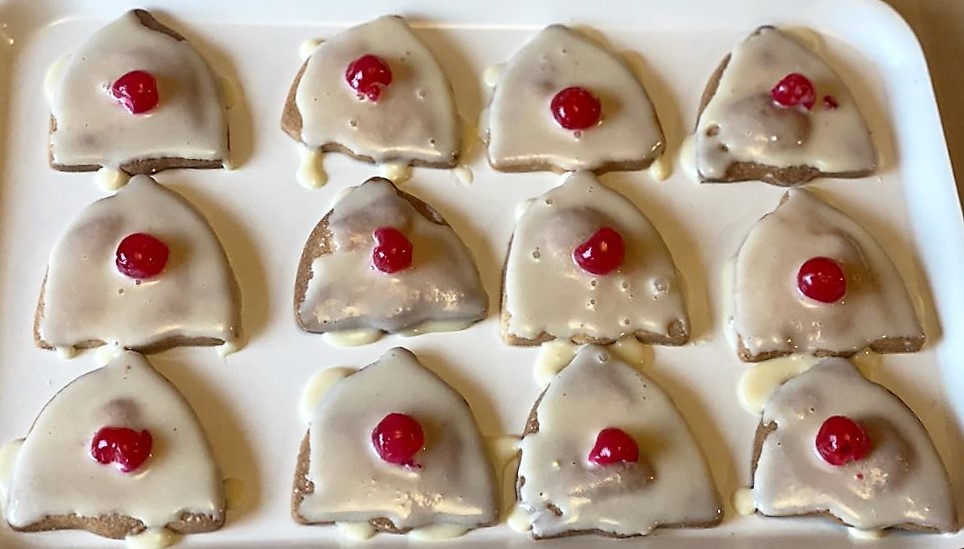
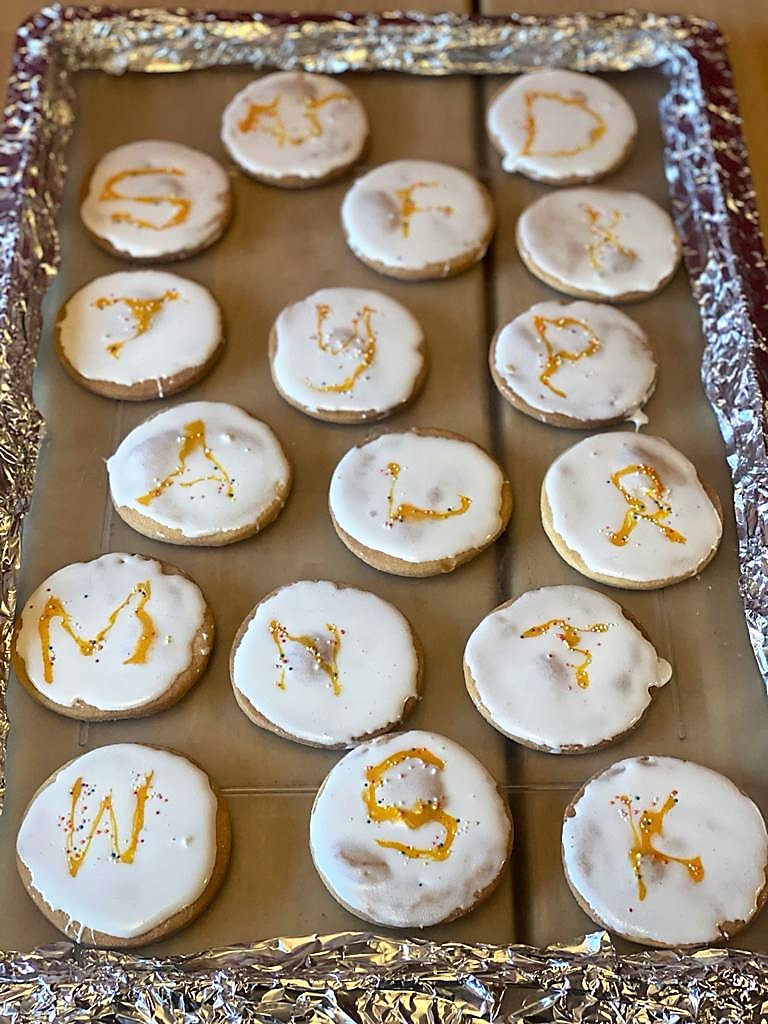 After lunch Santa(Tom Hartwell) handing out gifts to the team and then they played a lot of different games.
After lunch Santa(Tom Hartwell) handing out gifts to the team and then they played a lot of different games.
Thank You Marion 77 for sharing your celebrations with everyone

by Ria Olivier | Sep 25, 2020 | Fellowship, Legacy, Marion Island, SANAP, Science, sub-Antarctic, Uncategorised, Women in Science
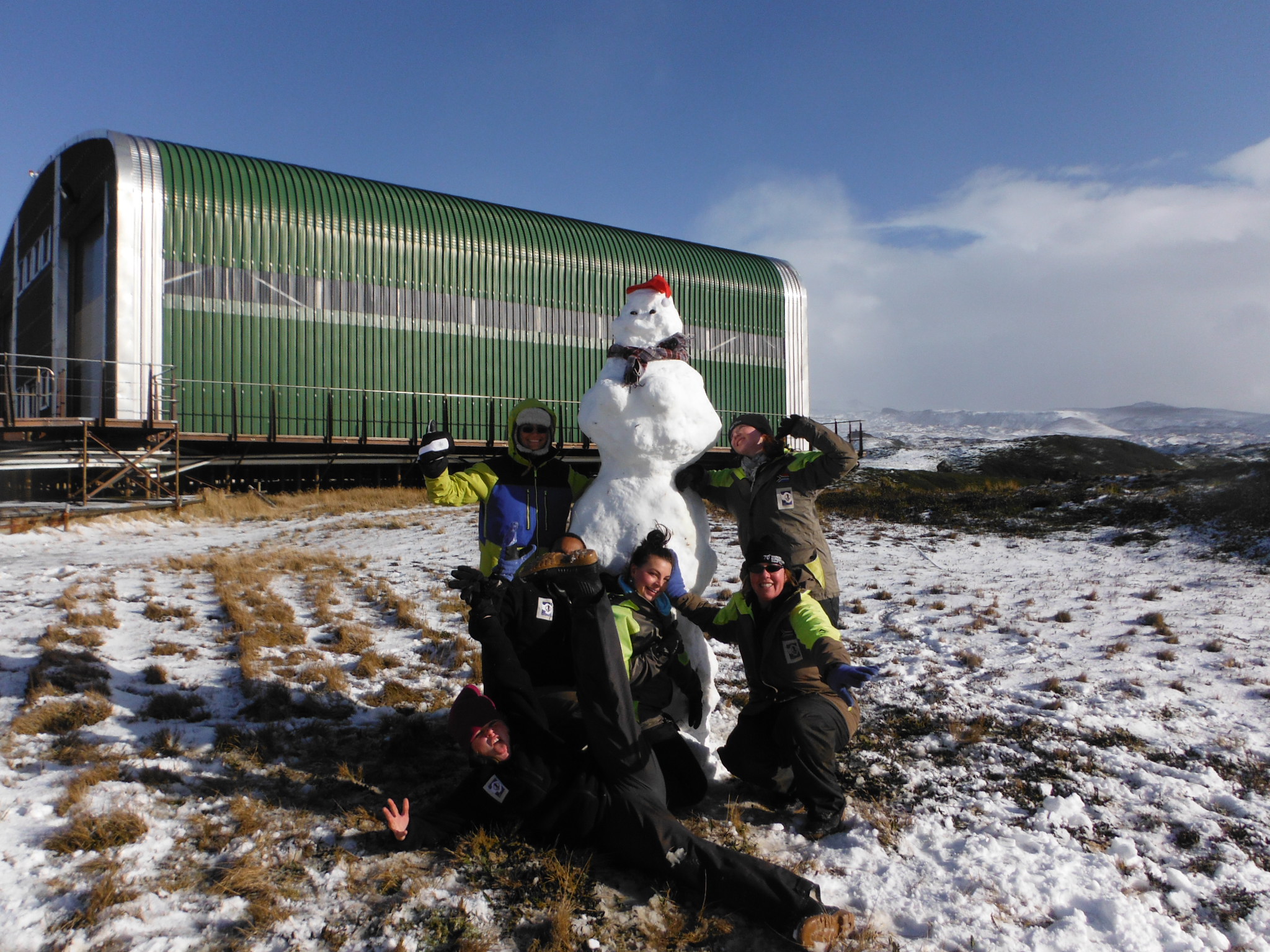
 Mariëtte Wheeler – regular freelancer for Antarctic Legacy of South Africa was born and bred a proud Pretorian girl. But my passion for the ocean developed throughout my childhood as my grandparents lived in Knysna. In my late teens I found myself staring at the ocean, wondering what it looks like beyond the horizon.
Mariëtte Wheeler – regular freelancer for Antarctic Legacy of South Africa was born and bred a proud Pretorian girl. But my passion for the ocean developed throughout my childhood as my grandparents lived in Knysna. In my late teens I found myself staring at the ocean, wondering what it looks like beyond the horizon.
After completing my BSc, BSc honours and MSc in Zoology at the University of Port Elizabeth (currently Nelson Mandela University), I had the opportunity to explore beyond the horizon on Marion Island in 2004–2005 as a member of M61. My PhD was done through the University of Cape Town (with Prof Les Underhill and Dr Marienne de Villiers as supervisors) and University of Pretoria (with Prof Marthán Bester as supervisor). I investigated the effect of human disturbance on the seabirds and seals at Marion Island. My team mates of M61 called me the hybrid birder-sealer as I was fortunate to work on both. I have fond memories of working closely along with the other field workers. For my behavioural observations of the animals I spent days in the cold with semi-frozen fingers and toes, but it was fantastic to be so close to these animals in their natural environment. Chocolate and condensed milk saw me through for energy. I made great friends on this trip who have been standing by me through celebrations but also the difficult times in life.
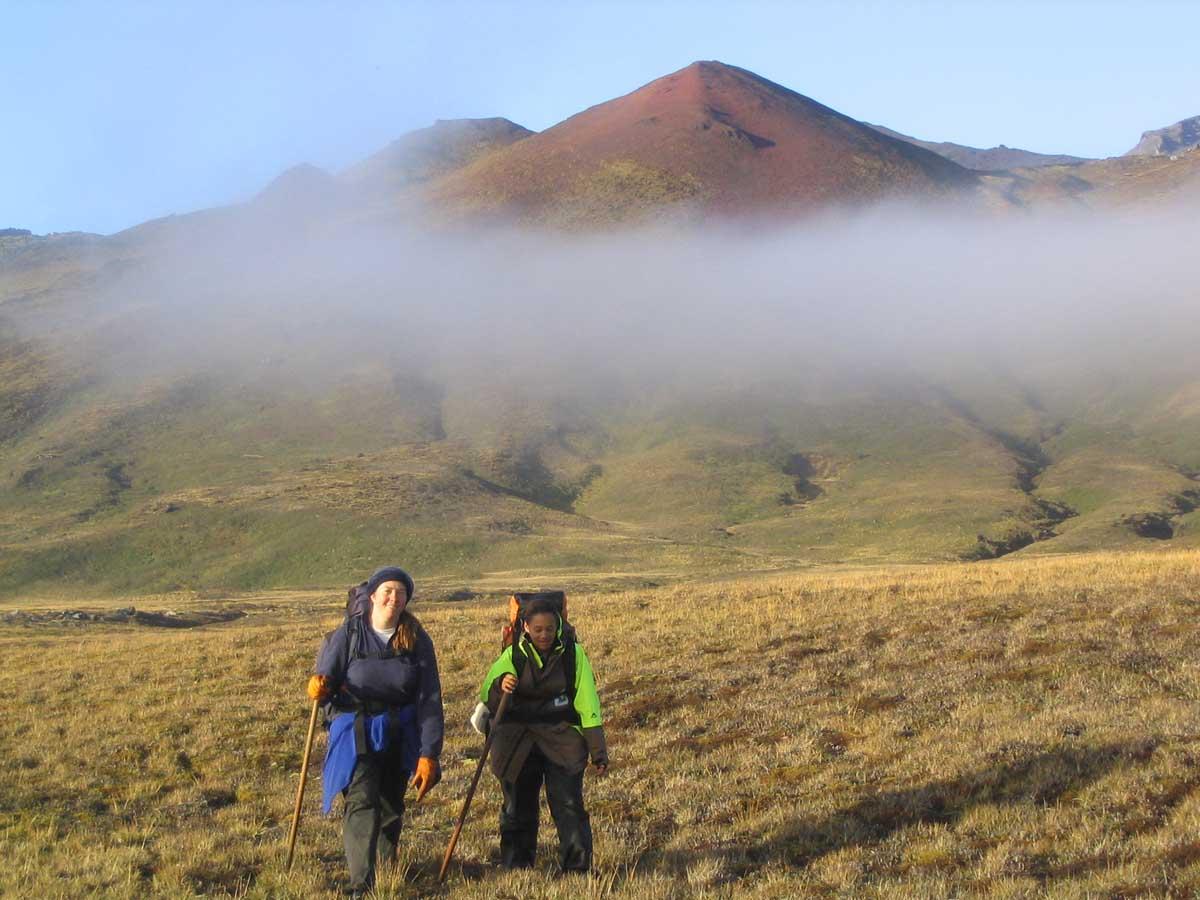 For the second year of my study I had a field assistant Prideel Majiedt on Marion Island and I supervised from here. One of my best round island trips was during the take-over of 2005 with Prideel(right), Marienne and John Cooper. John and I summited a few of the Marion hills. In 2006 I went for take-over to conduct more research on the Wandering Albatrosses.
For the second year of my study I had a field assistant Prideel Majiedt on Marion Island and I supervised from here. One of my best round island trips was during the take-over of 2005 with Prideel(right), Marienne and John Cooper. John and I summited a few of the Marion hills. In 2006 I went for take-over to conduct more research on the Wandering Albatrosses.
After completing my PhD in 2009, I worked for the Southern African Butterfly Conservation Assessment (SABCA) and M2 Environmental Connections (as an environmental consultant). Thereafter I first worked as the manager of the Conservation Leadership Programme of the Endangered Wildlife Trust (EWT) and then as Biodiversity Information Specialist. A highlight in my research career was to give two presentations on my PhD work at the International Polar Year (IPY) 2010 conference in Oslo, Norway. There I also became involved with the Association of Polar Early Career Scientists (APECS). Later that year I was selected to be on the international Executive Committee (ExCom). After my term on the ExCom, I was still actively involved on the Council. In 2012, I was selected as one of the Mail & Guardian’s 200 Young South Africans.
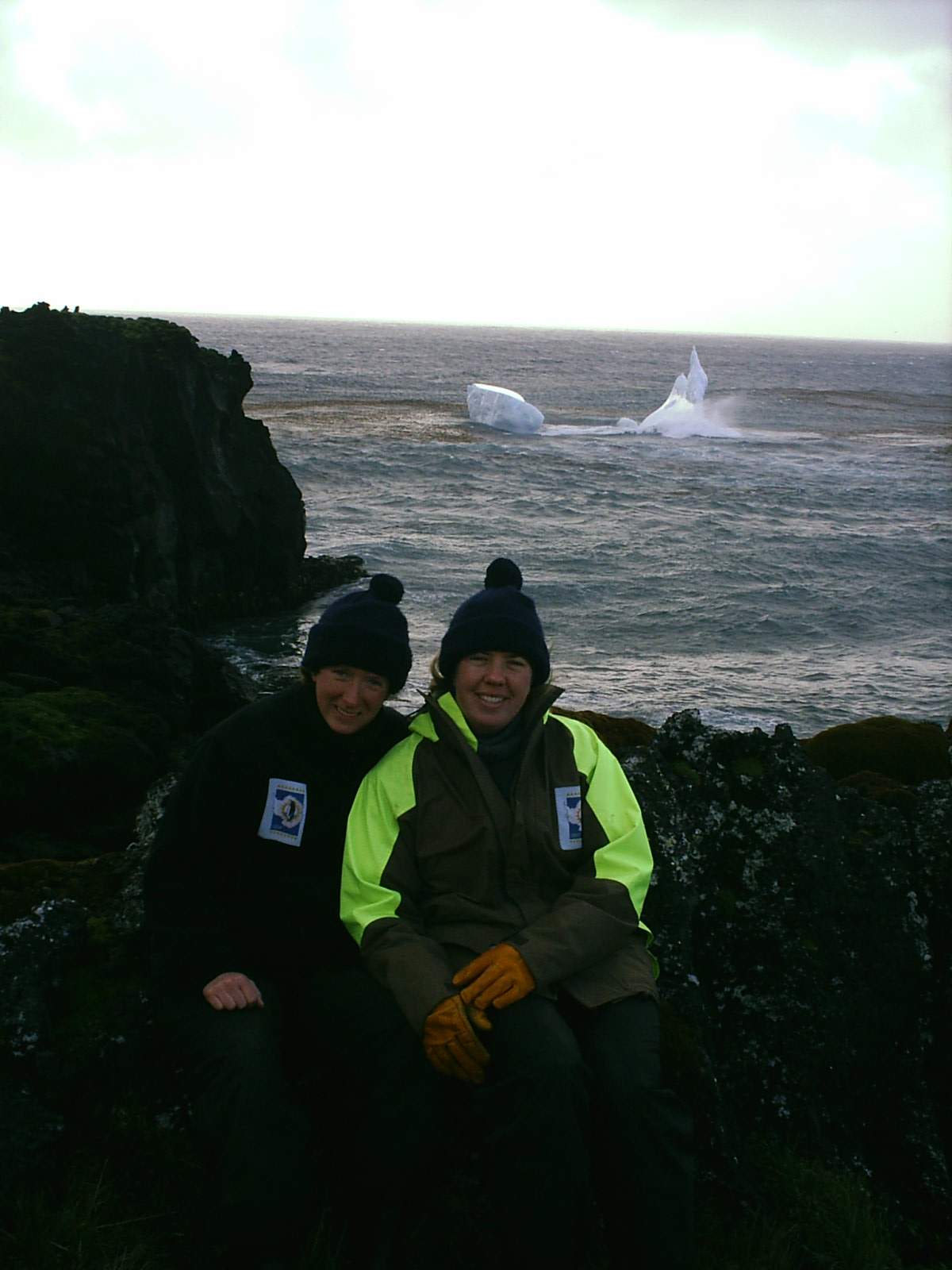 On 27 February 2013, I received a phone call from Bruce Dyer asking if I would be interested to go to Marion Island as their one birder had withdrawn from the team. I had 24 hours to decide! Fortunately the timing was perfect as my contract with EWT was until the end of February. In April 2013 I sailed again to Marion Island as Department of Environment Affairs: Oceans and Coasts birder. What an amazing feeling to see Marion Island again! I therefore had the opportunity to travel on both the SA Agulhas and SA Agulhas II and to live in both the old base and the new base. My previous year on the island was during the construction time, so as a member of M70 I first experienced the isolation of only seeing the “Red Taxi II” a year later. I treasure memories of braai evenings in the braai room with its beautiful views, theme parties and unique hut radio communication.
On 27 February 2013, I received a phone call from Bruce Dyer asking if I would be interested to go to Marion Island as their one birder had withdrawn from the team. I had 24 hours to decide! Fortunately the timing was perfect as my contract with EWT was until the end of February. In April 2013 I sailed again to Marion Island as Department of Environment Affairs: Oceans and Coasts birder. What an amazing feeling to see Marion Island again! I therefore had the opportunity to travel on both the SA Agulhas and SA Agulhas II and to live in both the old base and the new base. My previous year on the island was during the construction time, so as a member of M70 I first experienced the isolation of only seeing the “Red Taxi II” a year later. I treasure memories of braai evenings in the braai room with its beautiful views, theme parties and unique hut radio communication.
After returning from the island, Prof Underhill suggested that I study education. In his words: “There is a difference between having been there to tell a child about an albatross, or just teaching from a textbook”. I completed the Postgraduate Certificate in Education (PGCE) at the University of Cape Town in 2015. During this time I also worked ad hoc. for Antarctic Legacy of South Africa (ALSA) through Facebook communication and spreading awareness at schools.
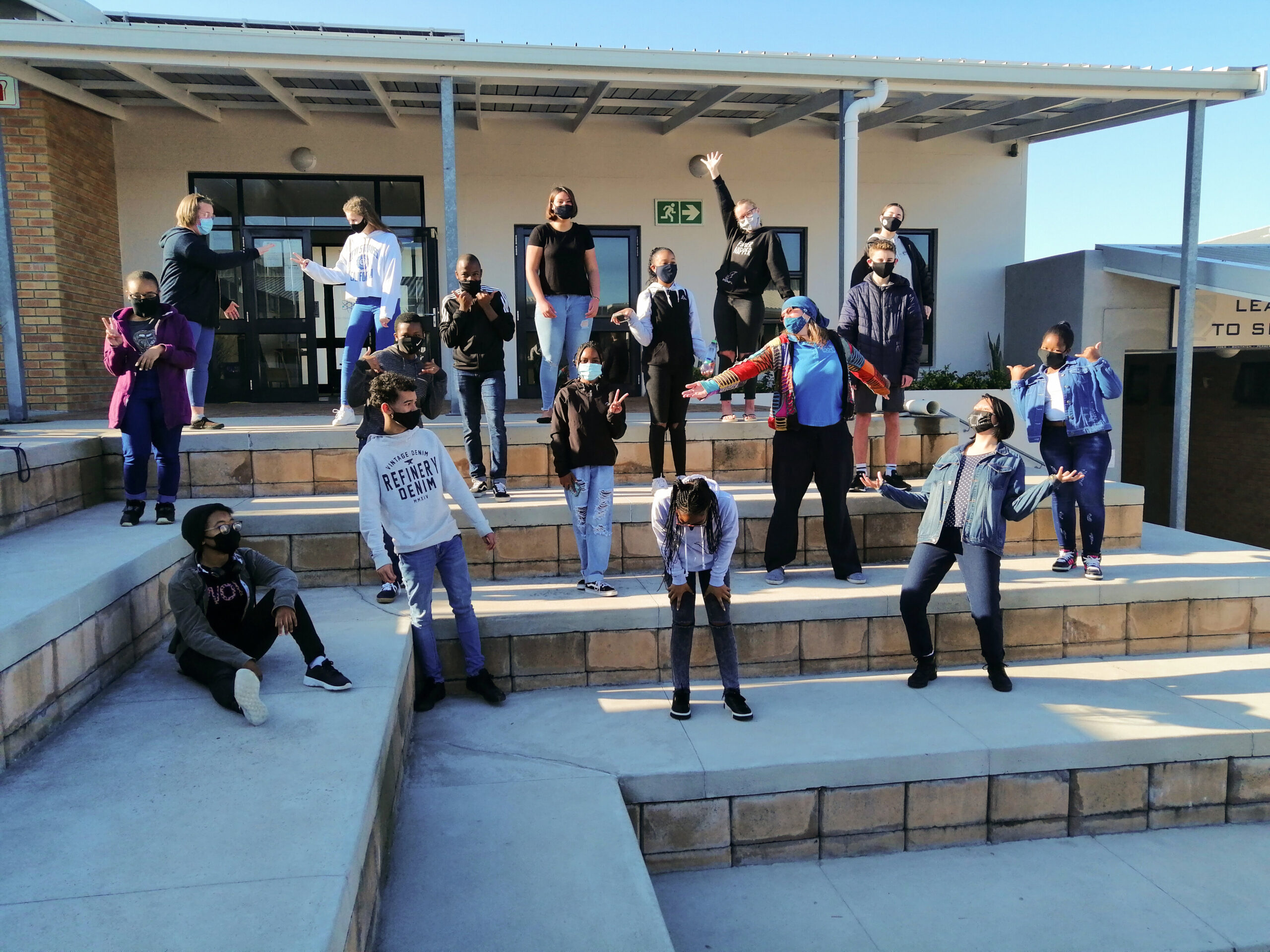 In 2016 I took up a post at Protea Heights Academy in Protea Heights (PHA), Brackenfell teaching Natural Sciences and Life Sciences. In 2018 I taught at a rural community school, Sterkspruit Christian Private School in what used to be Transkei. I lived in the picturesque Lady Grey at the foothills of the Drakensberg. In October 2018 I returned to PHA teaching Life Sciences.
In 2016 I took up a post at Protea Heights Academy in Protea Heights (PHA), Brackenfell teaching Natural Sciences and Life Sciences. In 2018 I taught at a rural community school, Sterkspruit Christian Private School in what used to be Transkei. I lived in the picturesque Lady Grey at the foothills of the Drakensberg. In October 2018 I returned to PHA teaching Life Sciences.
PHA invited Antarctic Legacy of South Africa to take part in our Women In Science event August 2019, where Anche Louw presented on Marion Island to the school hall filled with primary and high school girls and female educators. At one point she asked learners who knew what an albatross looks like to put up their hands. Afterwards my learners proudly told me that they all had their hands up! In 2019 I was selected as 1st Runner up in the National Teacher’s Award for Excellent in Teaching Natural Sciences (GET) for Metro East and North Education Districts.
 From 2020 PHA is one of the 6 nodal schools for the new Gr 10 to 12 subject Marine Sciences, in collaboration with Two Oceans Aquarium (the writers of the curriculum). I am now the departmental head of Marine Sciences, with Shaun Seaward as colleague. I am also teaching Life Sciences. Recently my learners were involved in the first World Albatross Day. Unfortunately due to COVID, plans that John Cooper and I had to get the entire school involved could not realise. With the international Great Albicake Bake Off as inspiration, I asked my learners (who were all still in lockdown) to make, bake, draw or paint anything creative provided that there was at least one albatross on. In this way they all learned more about albatrosses and enjoyed being creative. Antarctic Legacy of South Africa (ALSA) and the Agreement on the Conservation of Albatrosses and Petrels (ACAP) sponsored posters and books as prizes.
From 2020 PHA is one of the 6 nodal schools for the new Gr 10 to 12 subject Marine Sciences, in collaboration with Two Oceans Aquarium (the writers of the curriculum). I am now the departmental head of Marine Sciences, with Shaun Seaward as colleague. I am also teaching Life Sciences. Recently my learners were involved in the first World Albatross Day. Unfortunately due to COVID, plans that John Cooper and I had to get the entire school involved could not realise. With the international Great Albicake Bake Off as inspiration, I asked my learners (who were all still in lockdown) to make, bake, draw or paint anything creative provided that there was at least one albatross on. In this way they all learned more about albatrosses and enjoyed being creative. Antarctic Legacy of South Africa (ALSA) and the Agreement on the Conservation of Albatrosses and Petrels (ACAP) sponsored posters and books as prizes.
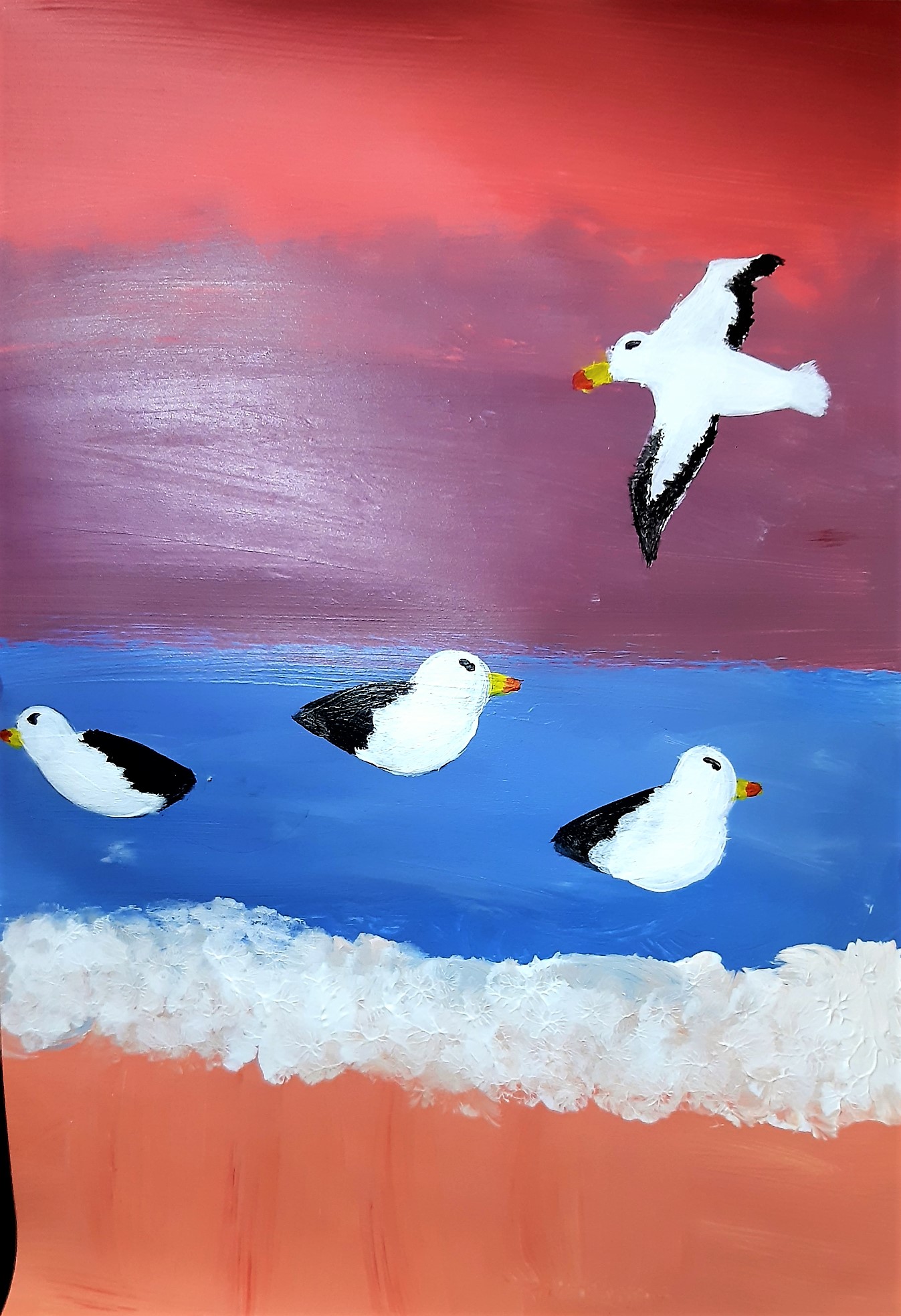


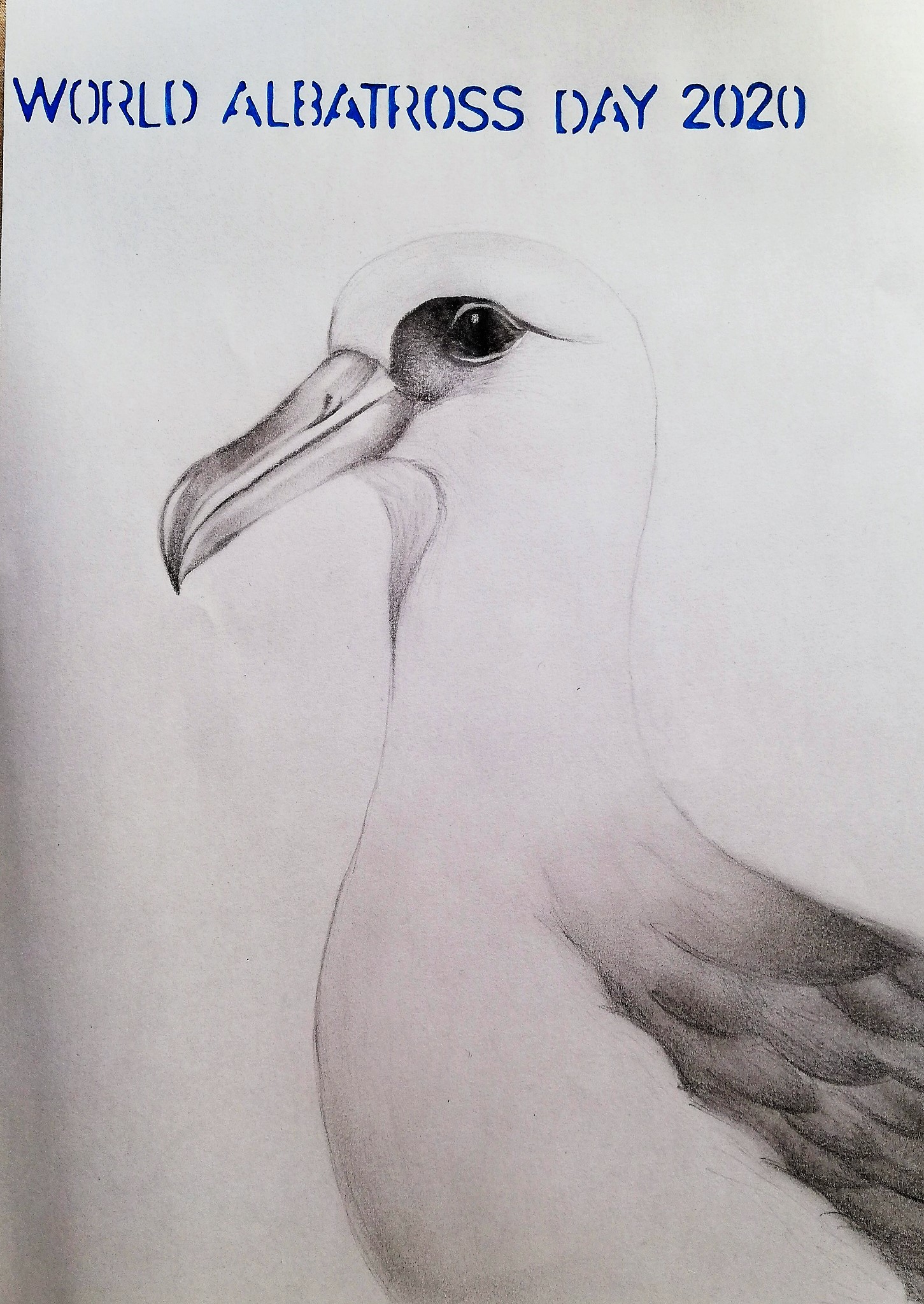
I am blessed that I am able to combine both my passion in marine biology as well as education. Life does not always take you where you thought it would, and sometimes you struggle over symbolic lava such as found at Blackrocks Plateau. But if you “Just keep swimming” as Dory from Finding Nemo said, you will see beauty around you such as the flight of the albatross, a sunset at Swartkop amphitheatre or the smile of a learner. Text and images supplied by Mariette Wheeler. Visit the ALSA archive for more images of Mariette on Marion Island.
Ria Olivier, Antarctic Legacy of South Africa, 25 September 2020.
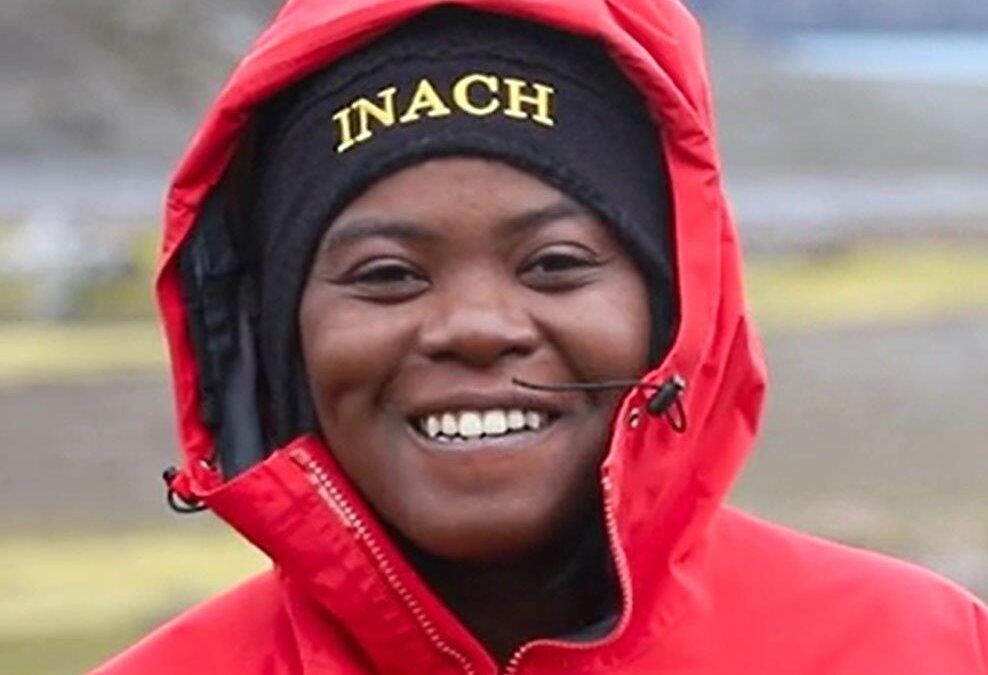
by Ria Olivier | Aug 22, 2020 | Antarctica, Gateway cities, Legacy, SANAP, SANAP Student, SEAmester
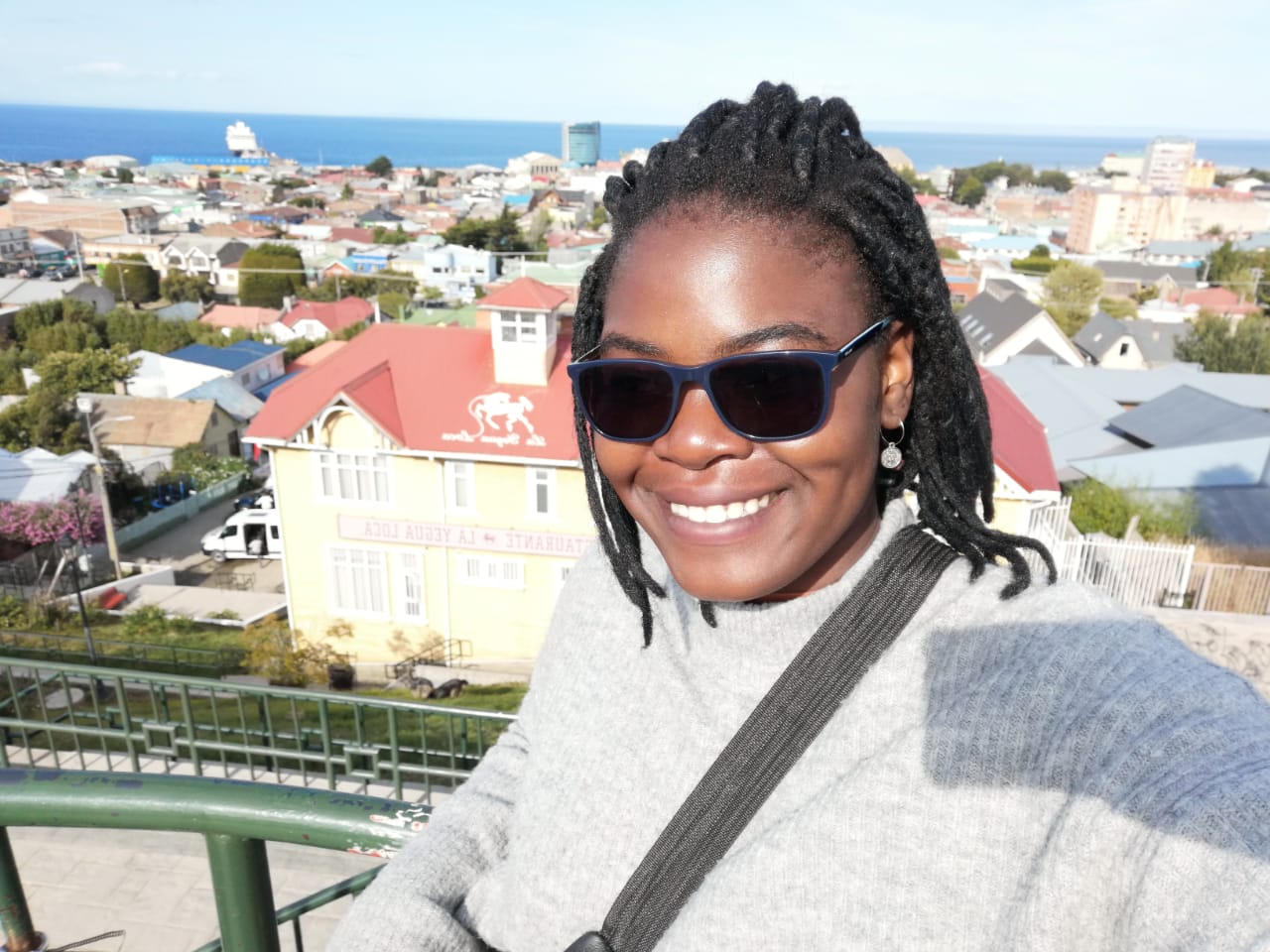
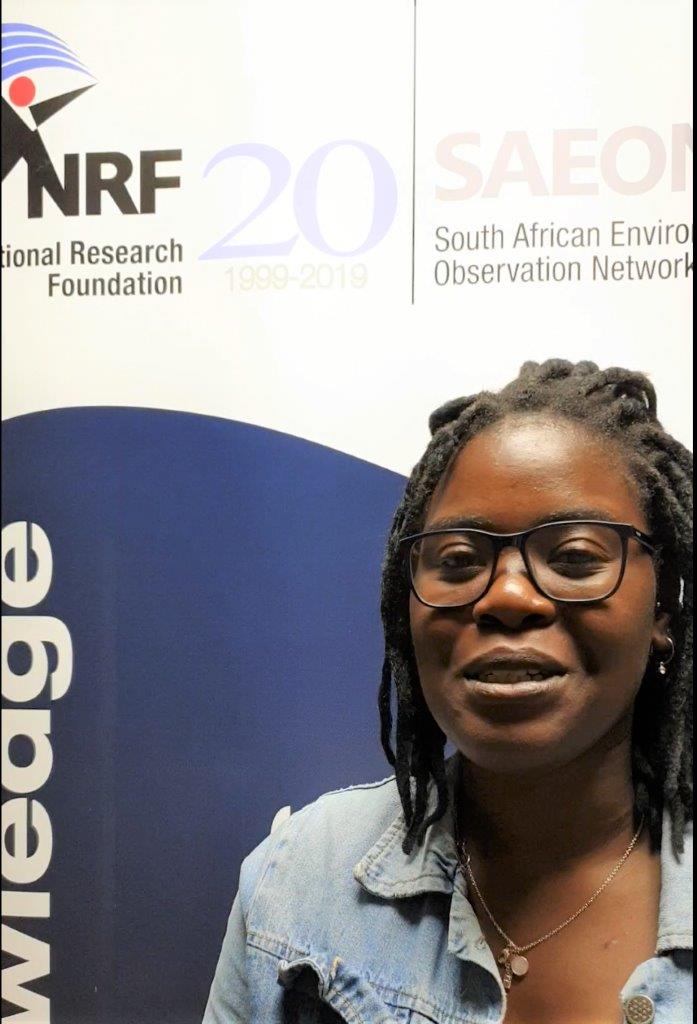 Rudzani Silima (Rudzi) have from a young age, always known that she would pursue a career in environmental conservation and science. “I grew up in the very small town of Louis Trichardt, surrounded by nature. Having a great attitude in subjects such as science, math, biology and geography. It was a no brainer to start my undergrad career in Marine Science at the Cape Peninsula University of Technology. CPUT not only provided the academic expertise that I would need in the future but also, in 2017, I was placed at the SAEON Egagasini node for my work integrated learning. This opened the floodgates to more networking and career building opportunities.
Rudzani Silima (Rudzi) have from a young age, always known that she would pursue a career in environmental conservation and science. “I grew up in the very small town of Louis Trichardt, surrounded by nature. Having a great attitude in subjects such as science, math, biology and geography. It was a no brainer to start my undergrad career in Marine Science at the Cape Peninsula University of Technology. CPUT not only provided the academic expertise that I would need in the future but also, in 2017, I was placed at the SAEON Egagasini node for my work integrated learning. This opened the floodgates to more networking and career building opportunities.
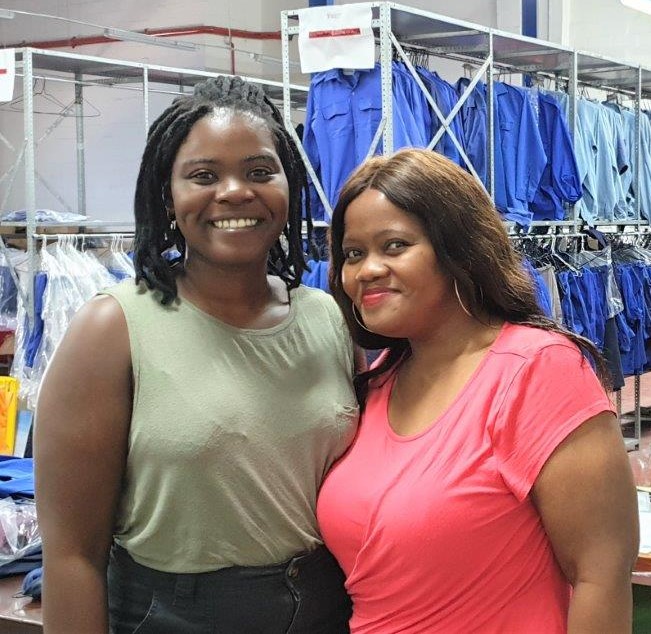
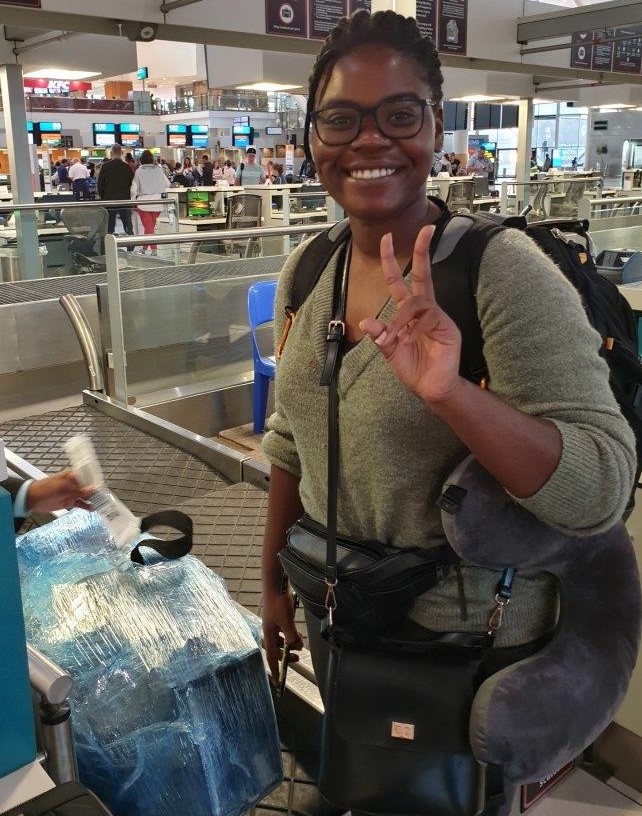
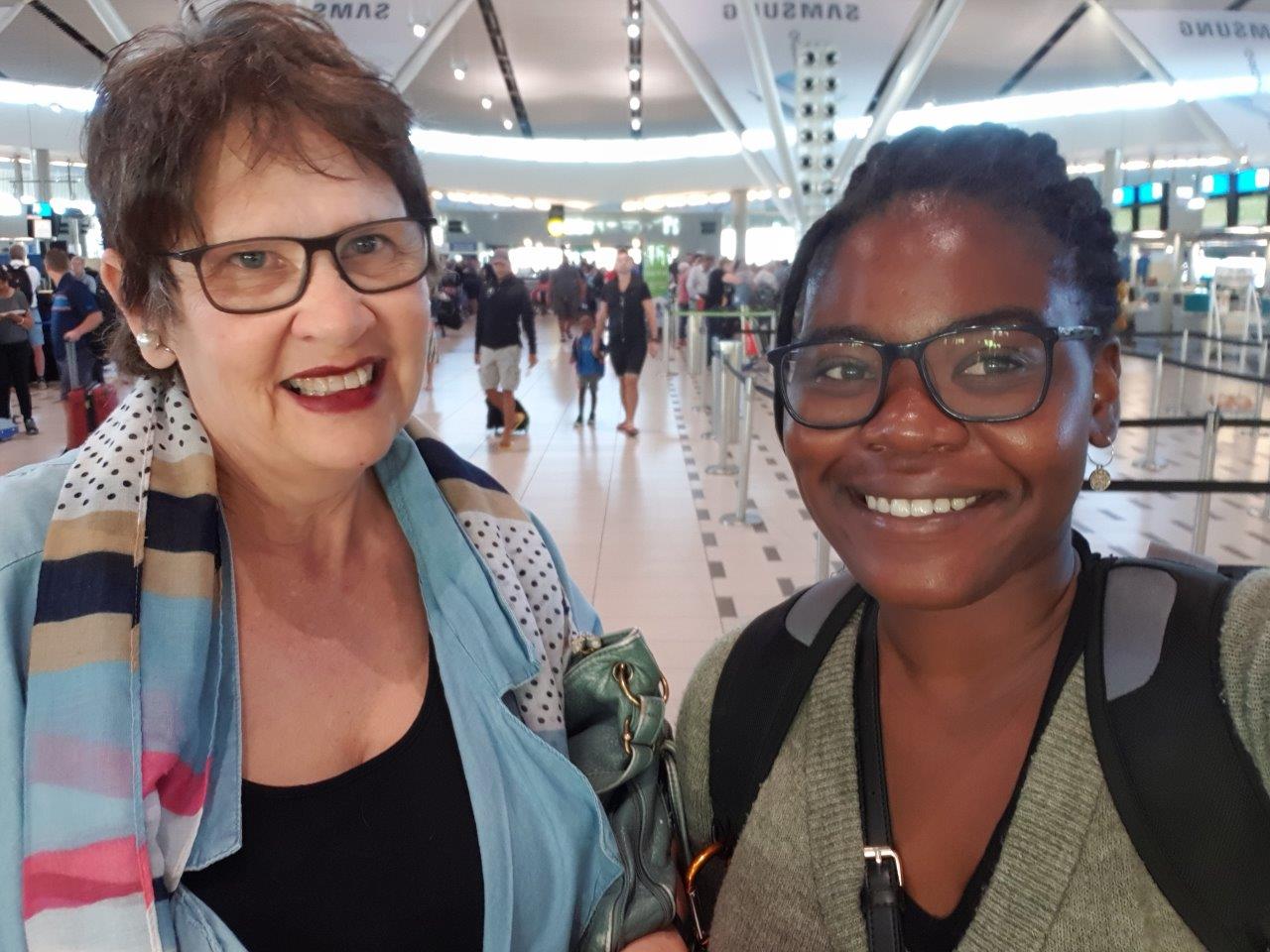
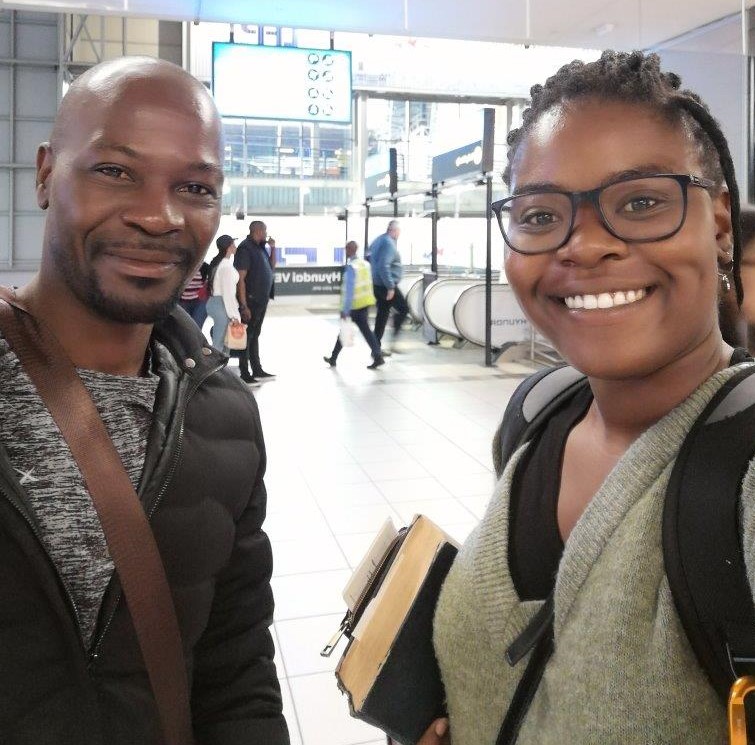 (l-r: Rudzi and Nompumelelo(DEFF),weighing my luggage, Ria Olivier(ALSA) sent me on my trip, during transit I said goodbye to my family) To date I have attained a collection of prizes from my university and conferences, further validating my determination to advocate for the oceans and our planet. As the best Seamester student I was chosen to be the champion for the Gateway to Antarctica City of Cape Town Earlier this year, with the help of the Antarctic Legacy of South Africa , the National Research Foundation and the Department of Environment Forestry and Fisheries, I was able to make my first trip to Antarctica.
(l-r: Rudzi and Nompumelelo(DEFF),weighing my luggage, Ria Olivier(ALSA) sent me on my trip, during transit I said goodbye to my family) To date I have attained a collection of prizes from my university and conferences, further validating my determination to advocate for the oceans and our planet. As the best Seamester student I was chosen to be the champion for the Gateway to Antarctica City of Cape Town Earlier this year, with the help of the Antarctic Legacy of South Africa , the National Research Foundation and the Department of Environment Forestry and Fisheries, I was able to make my first trip to Antarctica.
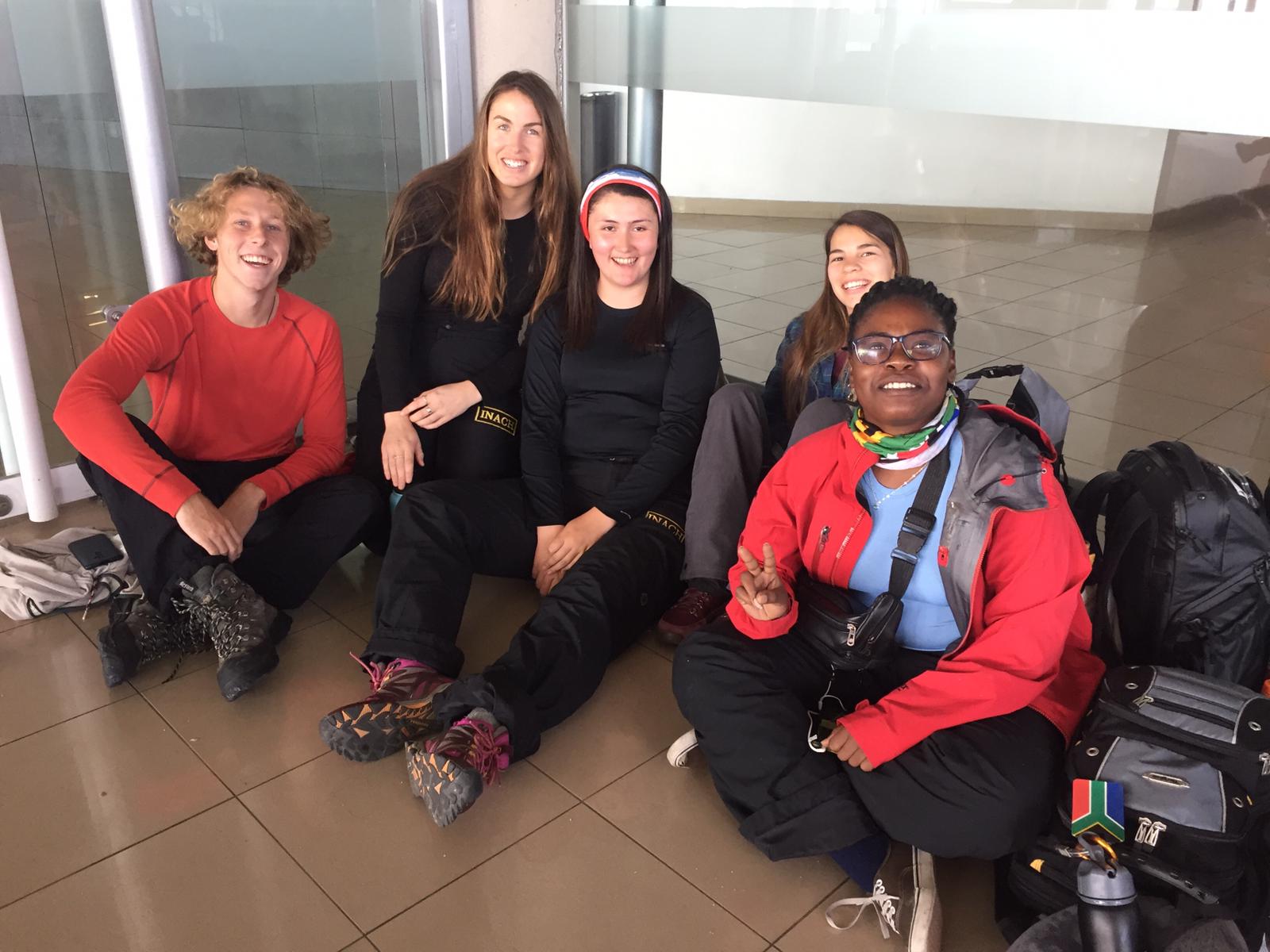
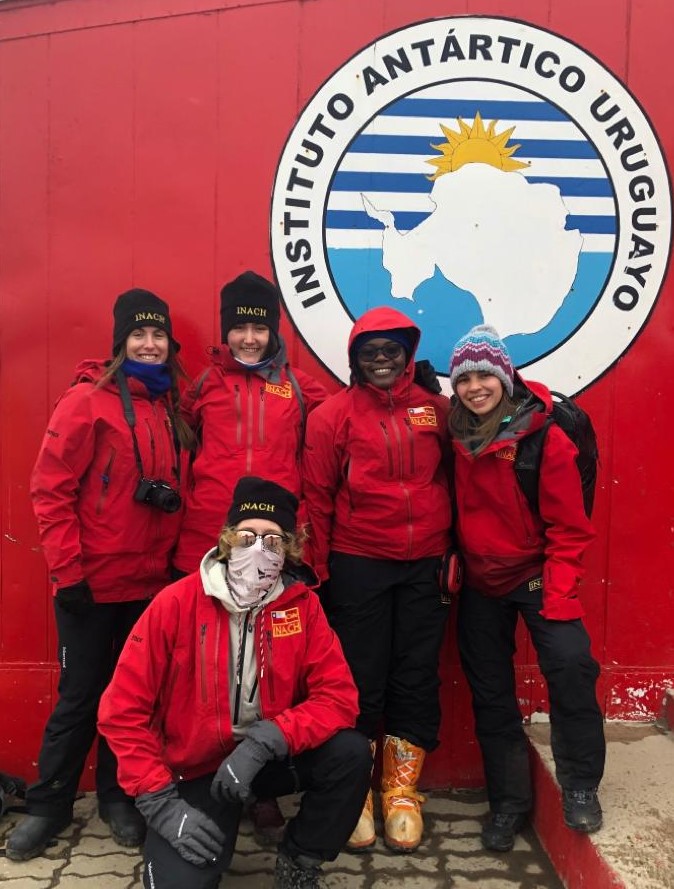 The Antarctic Cities Youth Expedition, a collaboration between 5 cities, an expedition with five young and vibrant individuals, who share a common passion for the Antarctic environment. A product of the expedition was the founding of the Antarctic Youth Coalition, which aims to connect the five gateway cities, and to encourage sustainable consumption and practises within the cities for the sake of the Antarctic landscape. (image left waiting for our flight at Punta Arenas to Antarctica. Right: Visiting the Uruguay Station on Antarctica
The Antarctic Cities Youth Expedition, a collaboration between 5 cities, an expedition with five young and vibrant individuals, who share a common passion for the Antarctic environment. A product of the expedition was the founding of the Antarctic Youth Coalition, which aims to connect the five gateway cities, and to encourage sustainable consumption and practises within the cities for the sake of the Antarctic landscape. (image left waiting for our flight at Punta Arenas to Antarctica. Right: Visiting the Uruguay Station on Antarctica
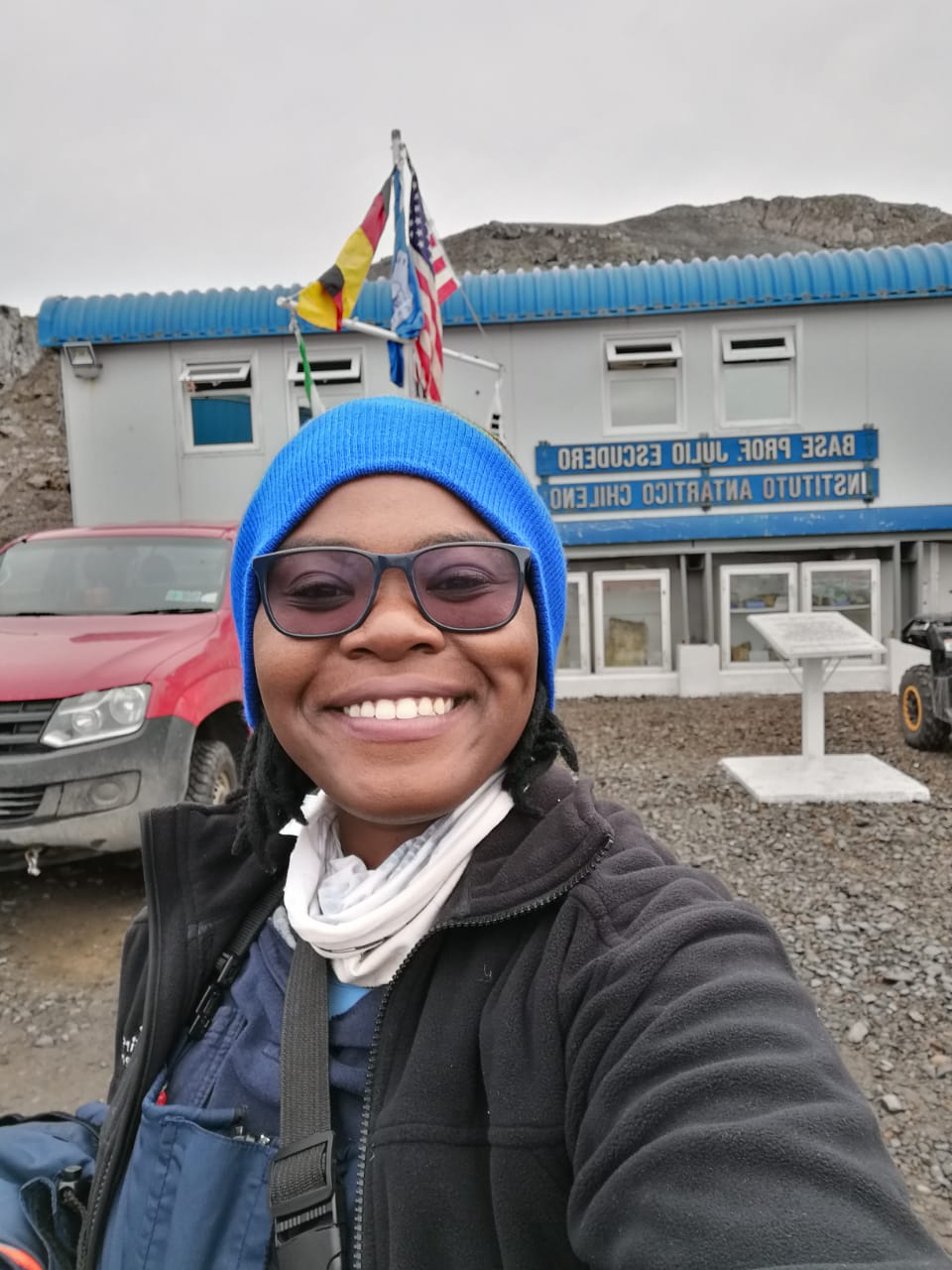
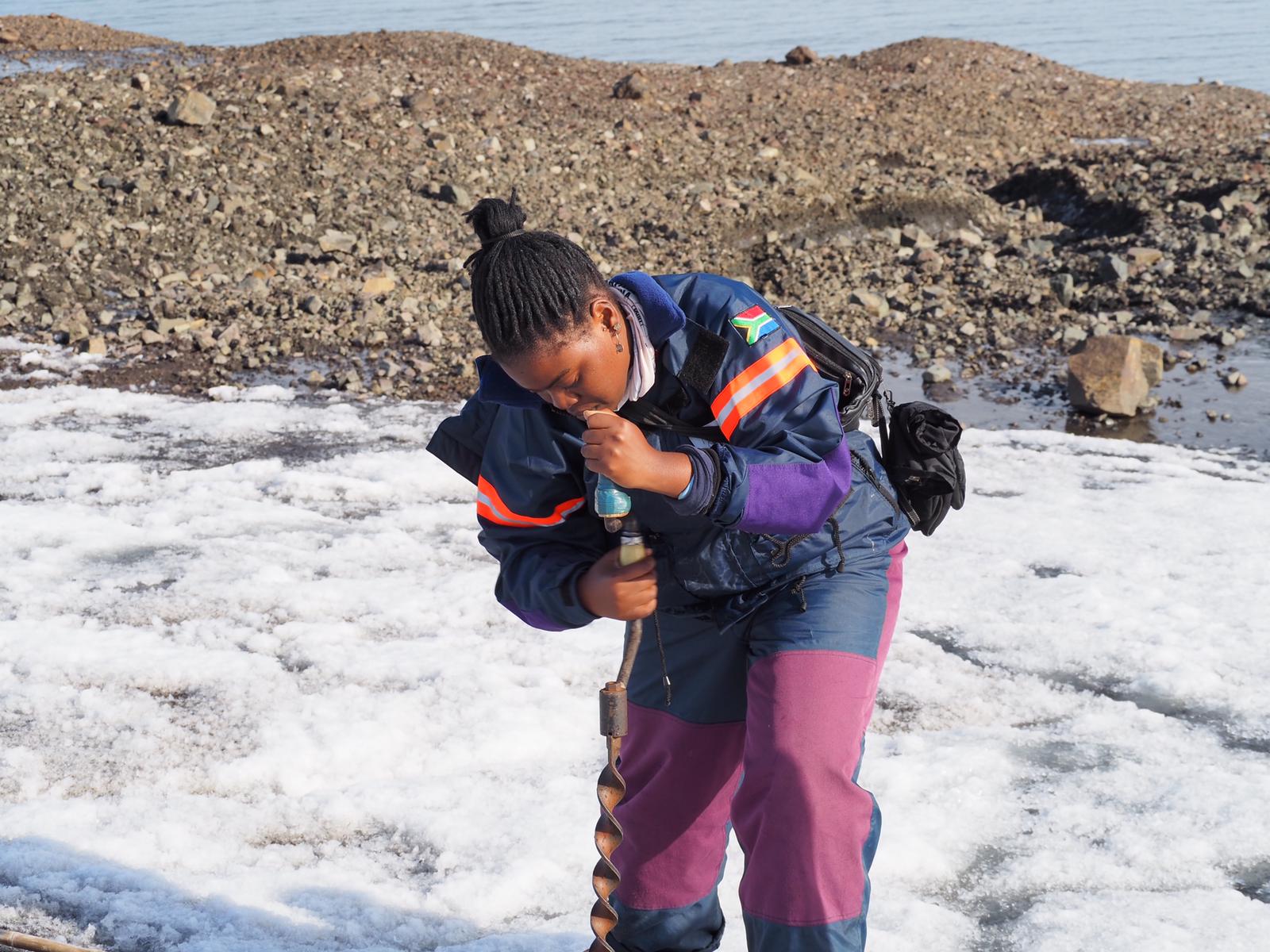 There are many controversies related to climate change today, however, in Antarctica there is physical evidence that climate change is happening right now and not in some distant future. Therefore, the formation of the Antarctic Youth Coalition couldn’t be more perfectly timed. The AYC, hence from now on aims to make accessible the very important science done in the Southern Ocean to everyday citizens in the five gateway cities but also all around the world. Listen to Rudzi while being part of ACYE, video made by project leader Prof Juan Salazar
There are many controversies related to climate change today, however, in Antarctica there is physical evidence that climate change is happening right now and not in some distant future. Therefore, the formation of the Antarctic Youth Coalition couldn’t be more perfectly timed. The AYC, hence from now on aims to make accessible the very important science done in the Southern Ocean to everyday citizens in the five gateway cities but also all around the world. Listen to Rudzi while being part of ACYE, video made by project leader Prof Juan Salazar
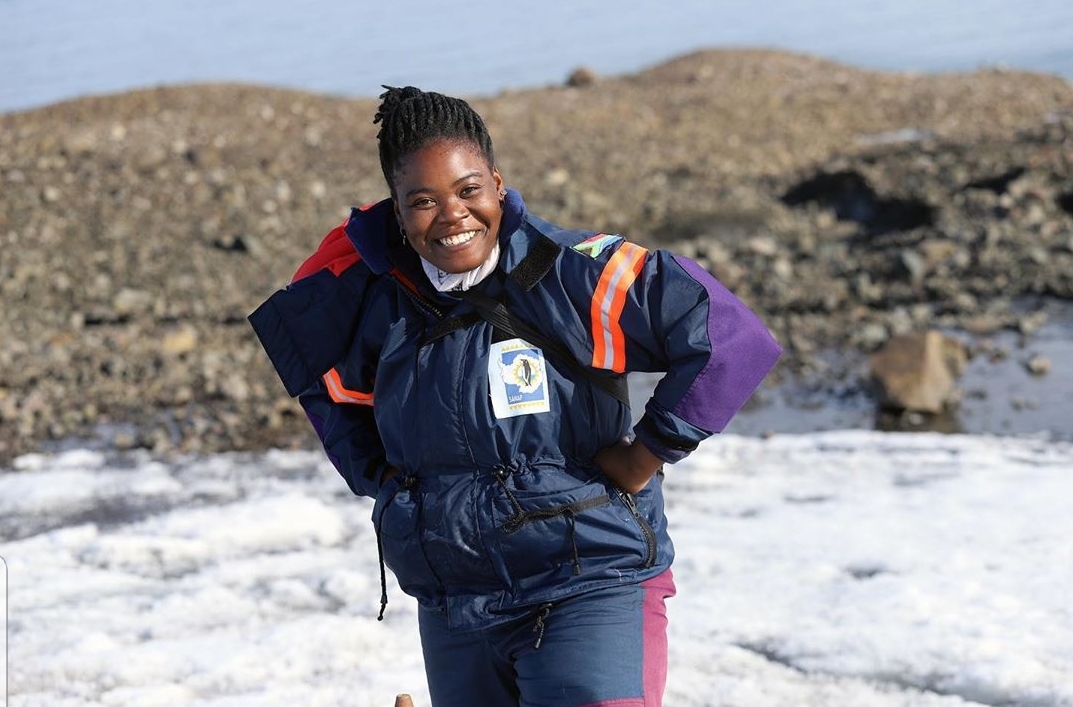 “Therefore, all of us, common or otherwise, share the responsibility for a healthy, thriving Antarctica and our whole planet! My parting word, specifically to us young people is to never give up on yourself and never give up on your dreams. All of us have the potential to change the world in our own very unique and exciting ways”
“Therefore, all of us, common or otherwise, share the responsibility for a healthy, thriving Antarctica and our whole planet! My parting word, specifically to us young people is to never give up on yourself and never give up on your dreams. All of us have the potential to change the world in our own very unique and exciting ways”
(Images by ACYE group and text supplied by Rudzi Silima and ALSA)

 Marion 78, our Overwintering team members at Marion Island celebrate Spring 2021. (Above(l-r: Alicia Siyasanga, Tlhonolofatso)
Marion 78, our Overwintering team members at Marion Island celebrate Spring 2021. (Above(l-r: Alicia Siyasanga, Tlhonolofatso)


 Danielle Conri, field assistant on killer whales of the Marion Island Marine Mammal Program of Pretoria University celebrates spring day while crossing though Marion Island to sensus seals (photo credit Wild Ocean Wanderers)
Danielle Conri, field assistant on killer whales of the Marion Island Marine Mammal Program of Pretoria University celebrates spring day while crossing though Marion Island to sensus seals (photo credit Wild Ocean Wanderers)
 Always good to make a snow angel.
Always good to make a snow angel.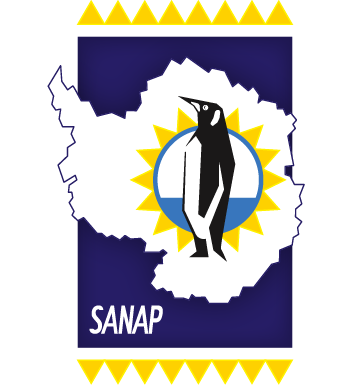

 In 2014 on International Biodiversity Day the theme was “Island Biodiversity”. The
In 2014 on International Biodiversity Day the theme was “Island Biodiversity”. The  Today on
Today on 
 The theme for this year is “We are part of the solution for nature”- in an
The theme for this year is “We are part of the solution for nature”- in an 
 Flow lines visible in the photograph showed that ice was moving (top – image 1- left). In 2004, while doing my Masters, I decided to return to same spot and rephotograph the Ice Plateau to compare (middle – image 1- left). Sadly, much of the ice was melting away and when assessed in the context of climate amelioration recorded at the island provided evidence for the most drastic landscape response to climate change on the island. In 2021, I decided to try get back up to the Ice Plateau. Fortunately, I got a lucky break and managed to get back up on a relatively decent day to summit Mascarin Peak (image 4 -right) and rephotograph the area again (bottom – image 1- left).
Flow lines visible in the photograph showed that ice was moving (top – image 1- left). In 2004, while doing my Masters, I decided to return to same spot and rephotograph the Ice Plateau to compare (middle – image 1- left). Sadly, much of the ice was melting away and when assessed in the context of climate amelioration recorded at the island provided evidence for the most drastic landscape response to climate change on the island. In 2021, I decided to try get back up to the Ice Plateau. Fortunately, I got a lucky break and managed to get back up on a relatively decent day to summit Mascarin Peak (image 4 -right) and rephotograph the area again (bottom – image 1- left).
 Sadly, I noticed even further melt-out with all the ice caves now gone and much of the remaining buried ice also having disappeared (image 2 -left & image 3-right).
Sadly, I noticed even further melt-out with all the ice caves now gone and much of the remaining buried ice also having disappeared (image 2 -left & image 3-right).
 The remaining ice was protected from increasing air temperatures and insolation (solar radiation) under a layer of scoria so the ice probably lasted a lot longer than it should have and although a few pockets of buried ice were still visible the ‘Ice Plateau’ as it was once called is no more (images 5-left & 6-right).”
The remaining ice was protected from increasing air temperatures and insolation (solar radiation) under a layer of scoria so the ice probably lasted a lot longer than it should have and although a few pockets of buried ice were still visible the ‘Ice Plateau’ as it was once called is no more (images 5-left & 6-right).” Dr Brian Huntley publication available form the Antarctic Legacy fo South Africa antarcticlegacy@sun.ac.za
Dr Brian Huntley publication available form the Antarctic Legacy fo South Africa antarcticlegacy@sun.ac.za

 Since then a documentary has been made for the
Since then a documentary has been made for the 



 Watch the documentary on History Channel.
Watch the documentary on History Channel.



 They had a great Christmas Lunch where Mpho Mashau made special biscuits for everyone.
They had a great Christmas Lunch where Mpho Mashau made special biscuits for everyone.

 After lunch Santa(Tom Hartwell) handing out gifts to the team and then they played a lot of different games.
After lunch Santa(Tom Hartwell) handing out gifts to the team and then they played a lot of different games.

 Mariëtte Wheeler – regular freelancer for Antarctic Legacy of South Africa was born and bred a proud Pretorian girl. But my passion for the ocean developed throughout my childhood as my grandparents lived in Knysna. In my late teens I found myself staring at the ocean, wondering what it looks like beyond the horizon.
Mariëtte Wheeler – regular freelancer for Antarctic Legacy of South Africa was born and bred a proud Pretorian girl. But my passion for the ocean developed throughout my childhood as my grandparents lived in Knysna. In my late teens I found myself staring at the ocean, wondering what it looks like beyond the horizon. For the second year of my study I had a field assistant Prideel Majiedt on Marion Island and I supervised from here. One of my best round island trips was during the take-over of 2005 with Prideel(right), Marienne and John Cooper. John and I summited a few of the Marion hills. In 2006 I went for take-over to conduct more research on the Wandering Albatrosses.
For the second year of my study I had a field assistant Prideel Majiedt on Marion Island and I supervised from here. One of my best round island trips was during the take-over of 2005 with Prideel(right), Marienne and John Cooper. John and I summited a few of the Marion hills. In 2006 I went for take-over to conduct more research on the Wandering Albatrosses. On 27 February 2013, I received a phone call from Bruce Dyer asking if I would be interested to go to Marion Island as their one birder had withdrawn from the team. I had 24 hours to decide! Fortunately the timing was perfect as my contract with EWT was until the end of February. In April 2013 I sailed again to Marion Island as Department of Environment Affairs: Oceans and Coasts birder. What an amazing feeling to see Marion Island again! I therefore had the opportunity to travel on both the SA Agulhas and SA Agulhas II and to live in both the old base and the new base. My previous year on the island was during the construction time, so as a member of M70 I first experienced the isolation of only seeing the “Red Taxi II” a year later. I treasure memories of braai evenings in the braai room with its beautiful views, theme parties and unique hut radio communication.
On 27 February 2013, I received a phone call from Bruce Dyer asking if I would be interested to go to Marion Island as their one birder had withdrawn from the team. I had 24 hours to decide! Fortunately the timing was perfect as my contract with EWT was until the end of February. In April 2013 I sailed again to Marion Island as Department of Environment Affairs: Oceans and Coasts birder. What an amazing feeling to see Marion Island again! I therefore had the opportunity to travel on both the SA Agulhas and SA Agulhas II and to live in both the old base and the new base. My previous year on the island was during the construction time, so as a member of M70 I first experienced the isolation of only seeing the “Red Taxi II” a year later. I treasure memories of braai evenings in the braai room with its beautiful views, theme parties and unique hut radio communication. In 2016 I took up a post at
In 2016 I took up a post at  From 2020 PHA is one of the 6 nodal schools for the new Gr 10 to 12 subject Marine Sciences, in collaboration with Two Oceans Aquarium (the writers of the curriculum). I am now the departmental head of Marine Sciences, with Shaun Seaward as colleague. I am also teaching Life Sciences. Recently my learners were involved in the first World Albatross Day. Unfortunately due to COVID, plans that John Cooper and I had to get the entire school involved could not realise. With the international Great Albicake Bake Off as inspiration, I asked my learners (who were all still in lockdown) to make, bake, draw or paint anything creative provided that there was at least one albatross on. In this way they all learned more about albatrosses and enjoyed being creative.
From 2020 PHA is one of the 6 nodal schools for the new Gr 10 to 12 subject Marine Sciences, in collaboration with Two Oceans Aquarium (the writers of the curriculum). I am now the departmental head of Marine Sciences, with Shaun Seaward as colleague. I am also teaching Life Sciences. Recently my learners were involved in the first World Albatross Day. Unfortunately due to COVID, plans that John Cooper and I had to get the entire school involved could not realise. With the international Great Albicake Bake Off as inspiration, I asked my learners (who were all still in lockdown) to make, bake, draw or paint anything creative provided that there was at least one albatross on. In this way they all learned more about albatrosses and enjoyed being creative. 





 Rudzani Silima (Rudzi) have from a young age, always known that she would pursue a career in environmental conservation and science. “I grew up in the very small town of
Rudzani Silima (Rudzi) have from a young age, always known that she would pursue a career in environmental conservation and science. “I grew up in the very small town of 


 (l-r: Rudzi and Nompumelelo(DEFF),weighing my luggage, Ria Olivier(ALSA) sent me on my trip, during transit I said goodbye to my family) To date I have attained a collection of prizes from my university and conferences, further validating my determination to advocate for the oceans and our planet. As the best
(l-r: Rudzi and Nompumelelo(DEFF),weighing my luggage, Ria Olivier(ALSA) sent me on my trip, during transit I said goodbye to my family) To date I have attained a collection of prizes from my university and conferences, further validating my determination to advocate for the oceans and our planet. As the best 
 The
The 
 There are many controversies related to climate change today, however, in Antarctica there is physical evidence that climate change is happening right now and not in some distant future. Therefore, the formation of the Antarctic Youth Coalition couldn’t be more perfectly timed. The AYC, hence from now on aims to make accessible the very important science done in the Southern Ocean to everyday citizens in the five gateway cities but also all around the world.
There are many controversies related to climate change today, however, in Antarctica there is physical evidence that climate change is happening right now and not in some distant future. Therefore, the formation of the Antarctic Youth Coalition couldn’t be more perfectly timed. The AYC, hence from now on aims to make accessible the very important science done in the Southern Ocean to everyday citizens in the five gateway cities but also all around the world.  “Therefore, all of us, common or otherwise, share the responsibility for a healthy, thriving Antarctica and our whole planet! My parting word, specifically to us young people is to never give up on yourself and never give up on your dreams. All of us have the potential to change the world in our own very unique and exciting ways”
“Therefore, all of us, common or otherwise, share the responsibility for a healthy, thriving Antarctica and our whole planet! My parting word, specifically to us young people is to never give up on yourself and never give up on your dreams. All of us have the potential to change the world in our own very unique and exciting ways”
